
You just have to glance at the Xperia 1 V to know it's a Sony phone – and some won't see that as a good thing. Sony's Xperia line has been dividing opinions for years – their screens are wider, their cameras more complicated, and they've always been expensive.
For us at Digital Camera World, though, Sony phones have been great options. After all, Sony invests in putting maximum camera control in the hands of its users, with three camera apps that range from offering basic photography right through to cinema-grade video capabilities.
In recent years, Sony's even added external monitor support for its phones, so your 4K 21:9 OLED Xperia screen can be used as a bigger screen for a Sony mirrorless camera.
For 2023, Sony upgrades the line for content creators once again, leveling up its Xperia monitor support, so you can use the phone's storage to record content. The Xperia 1 V also brings some vlogging highlights that trickle down from its ZV-series, like Product Showcase, featured on the Sony ZV-E1.
Most notably, there's a new main camera sensor in the Xperia 1 V, loaded up with an upgraded stacked structure, and it's also 70 percent larger than the sensor in the Xperia 1 IV, so should capture shallower depth and handle dark scenes better. But it's still smaller than the 1-inch sensor competition, like Xiaomi's 13 Ultra and the Vivo X90 Pro.
So can the Xperia 1 V justify its $1,399 / £1,299 price for typical smartphone buyers, or has Sony made another niche photography tool that caters to enthusiasts?
Sony Xperia 1 V: Design
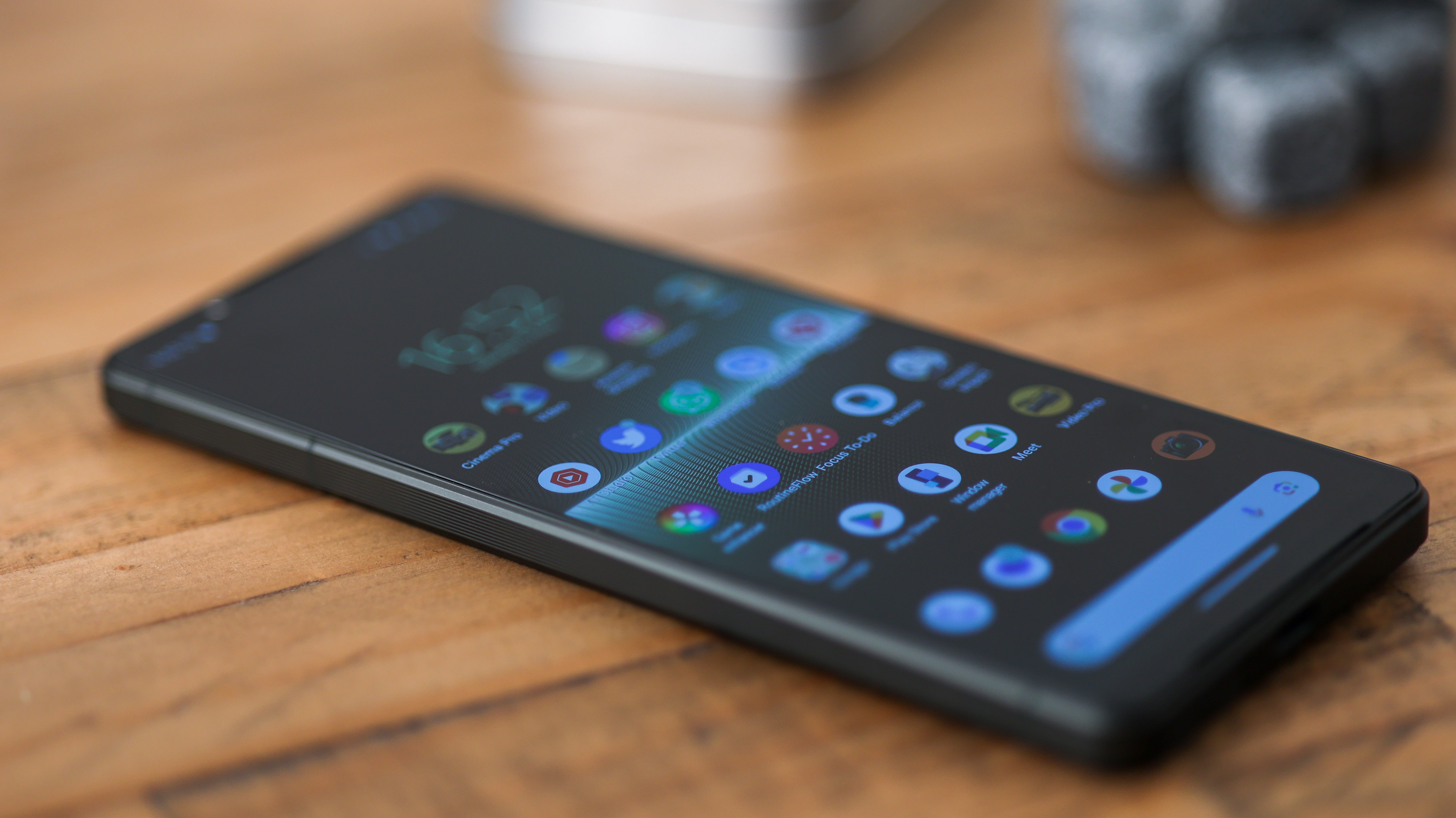
The Xperia 1 V's style is familiar if you've seen a Sony phone launched in the last four years. That means flat sides, a flat front and back, and a tall, 21:9 screen.
While the screen's cinematic aspect ratio might make it sound longer than the competition, it isn't actually markedly taller than phones like the Galaxy S23 Ultra, so it isn't more of a stretch. What it is, though, is narrower.
Made of premium materials, the Xperia 1 V's Gorilla Glass Victus 2 front and back should be nice and hardy. The metal frame features ridges that run along it, just like that of last year's Xperia Pro-I, adding a healthy amount of grip to the phone, while the back has a micro-dotted, matte texture, and fends fingerprints off fantastically.
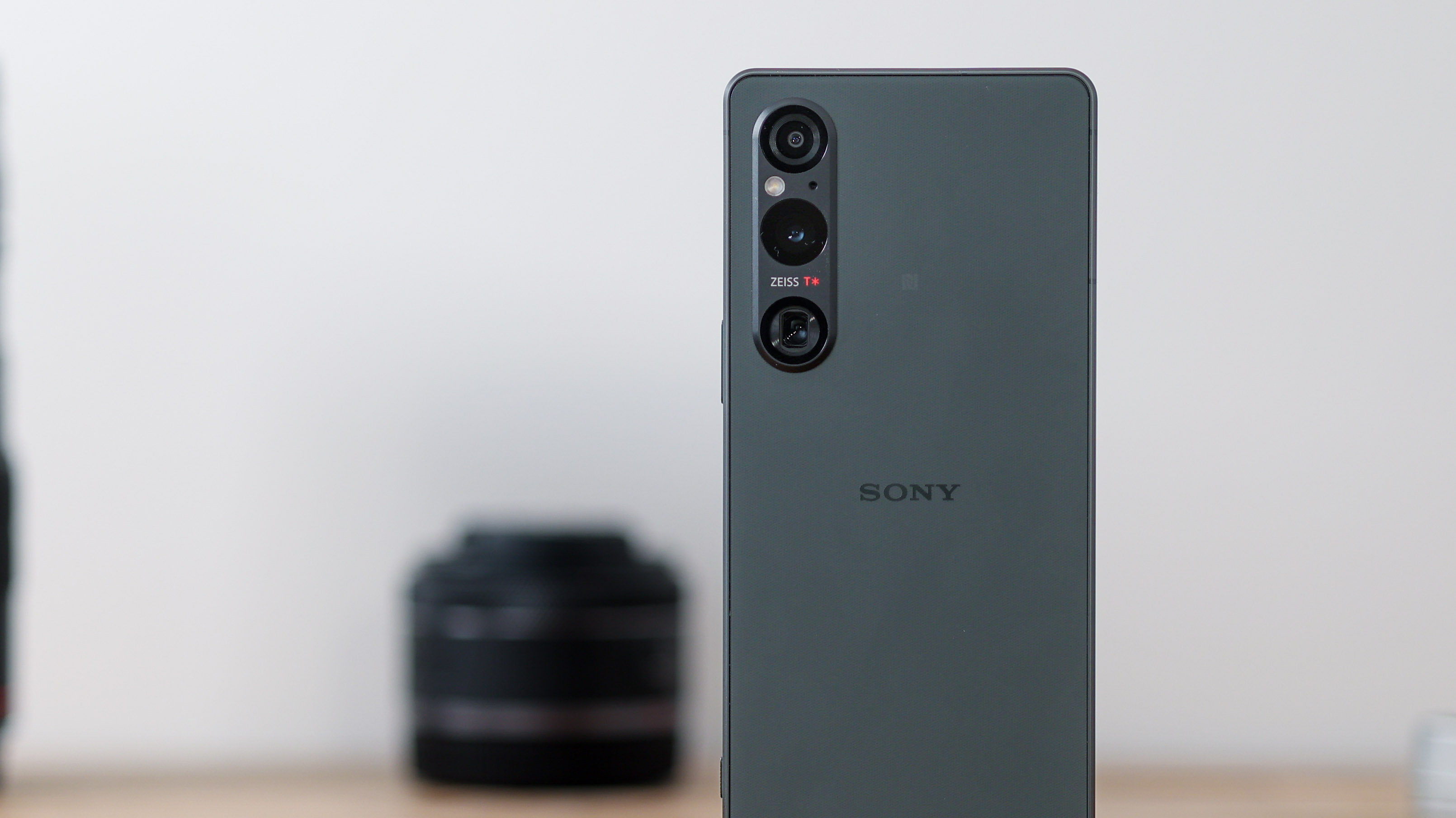
It's striking how small Sony's camera array is compared to phones like the Xiaomi 13 Ultra and Huawei P60 Pro. Sony's clearly wedded to its traditional Xperia styling, possibly one of the reasons it didn't put its biggest camera sensor into its flagship phone.
We tested out the Khaki Green color, with other options including Black and Platinum Silver, and appreciated how the color carries from the back of the phone to the frame.
At the top of the Xperia 1 V is a headphone jack, which means the phone is the only flagship option that isn't a gaming phone to offer better-than-Bluetooth playback for music without using USB-C headphones, dongles, or adapters.
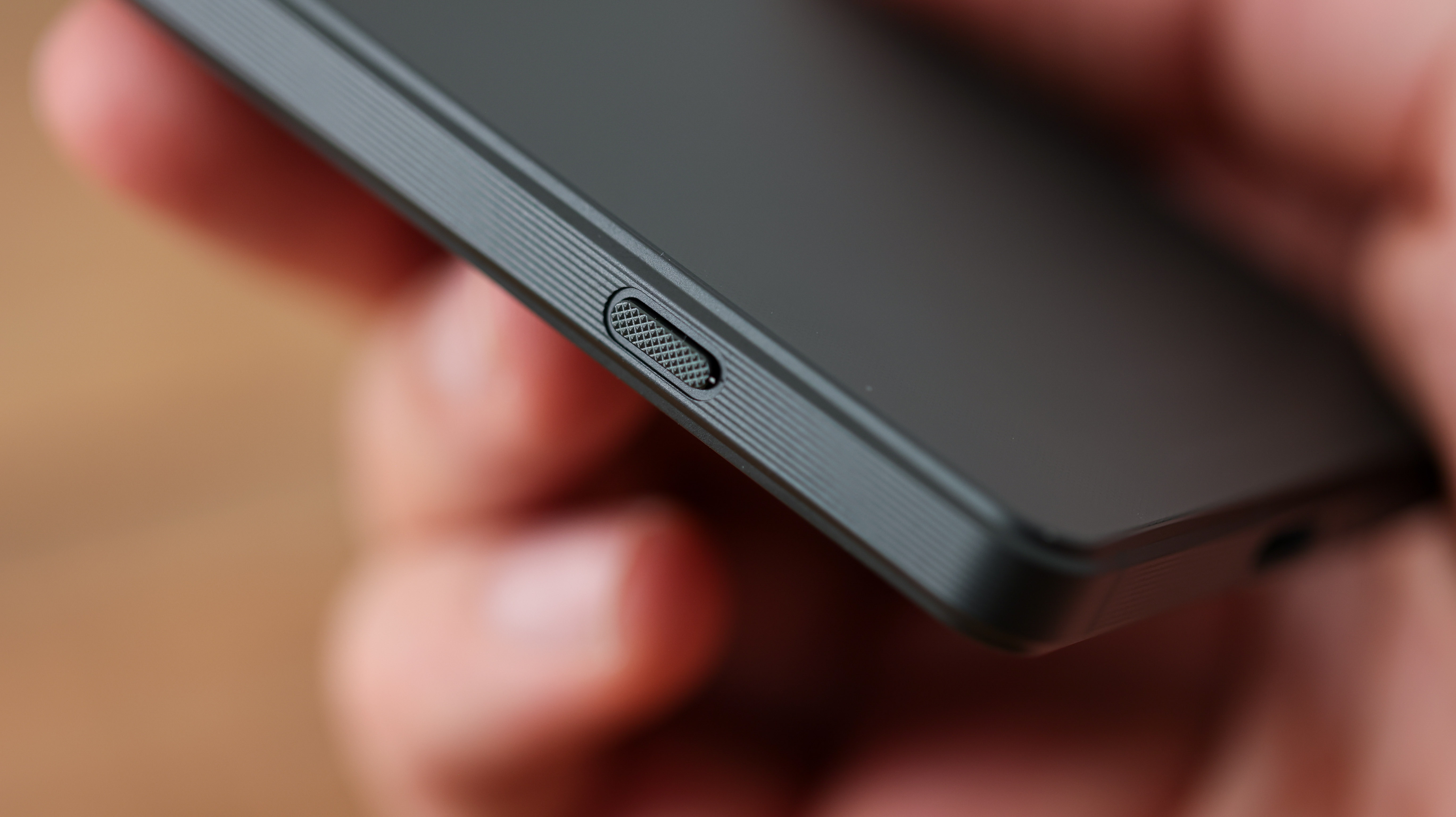
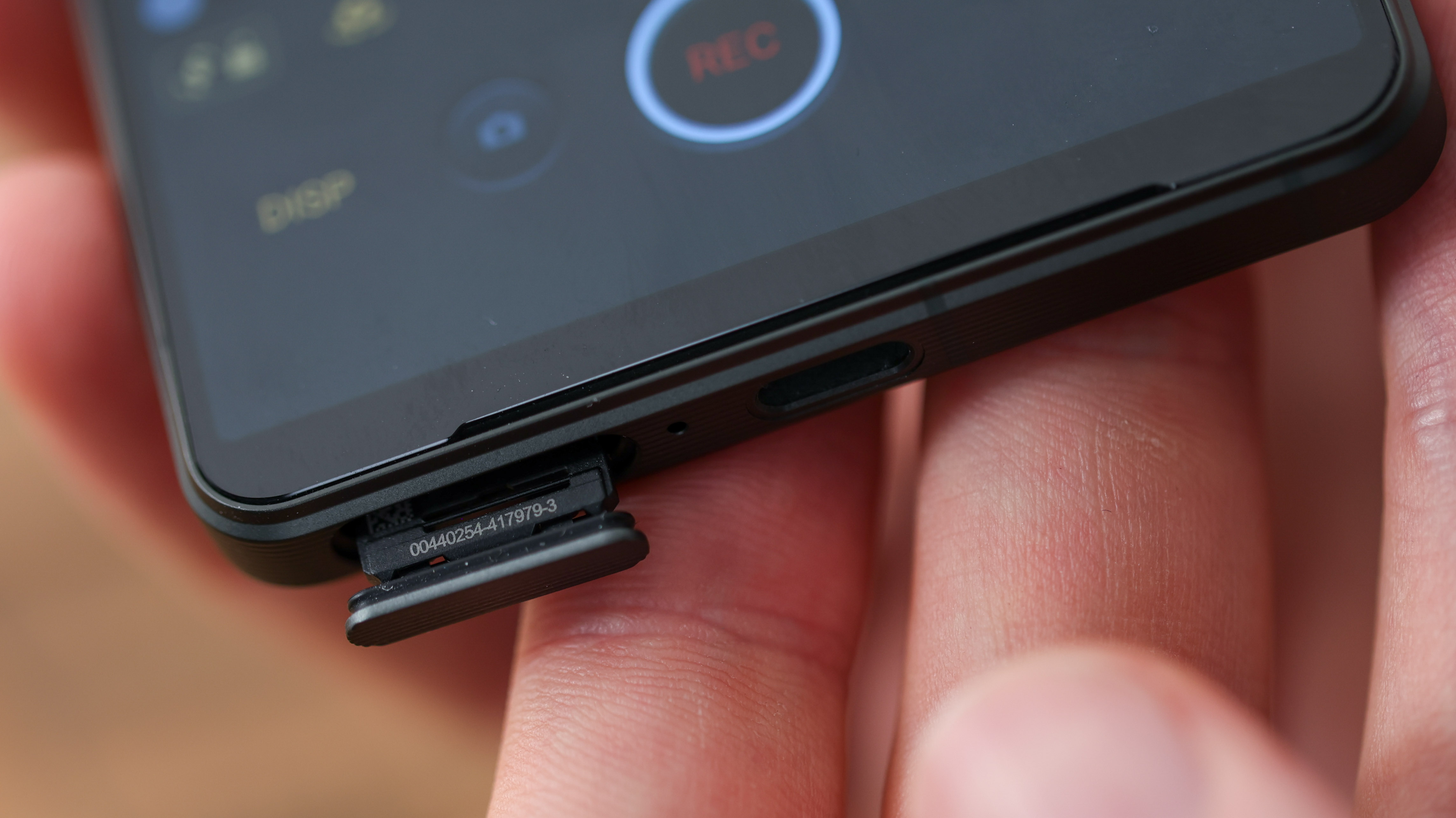
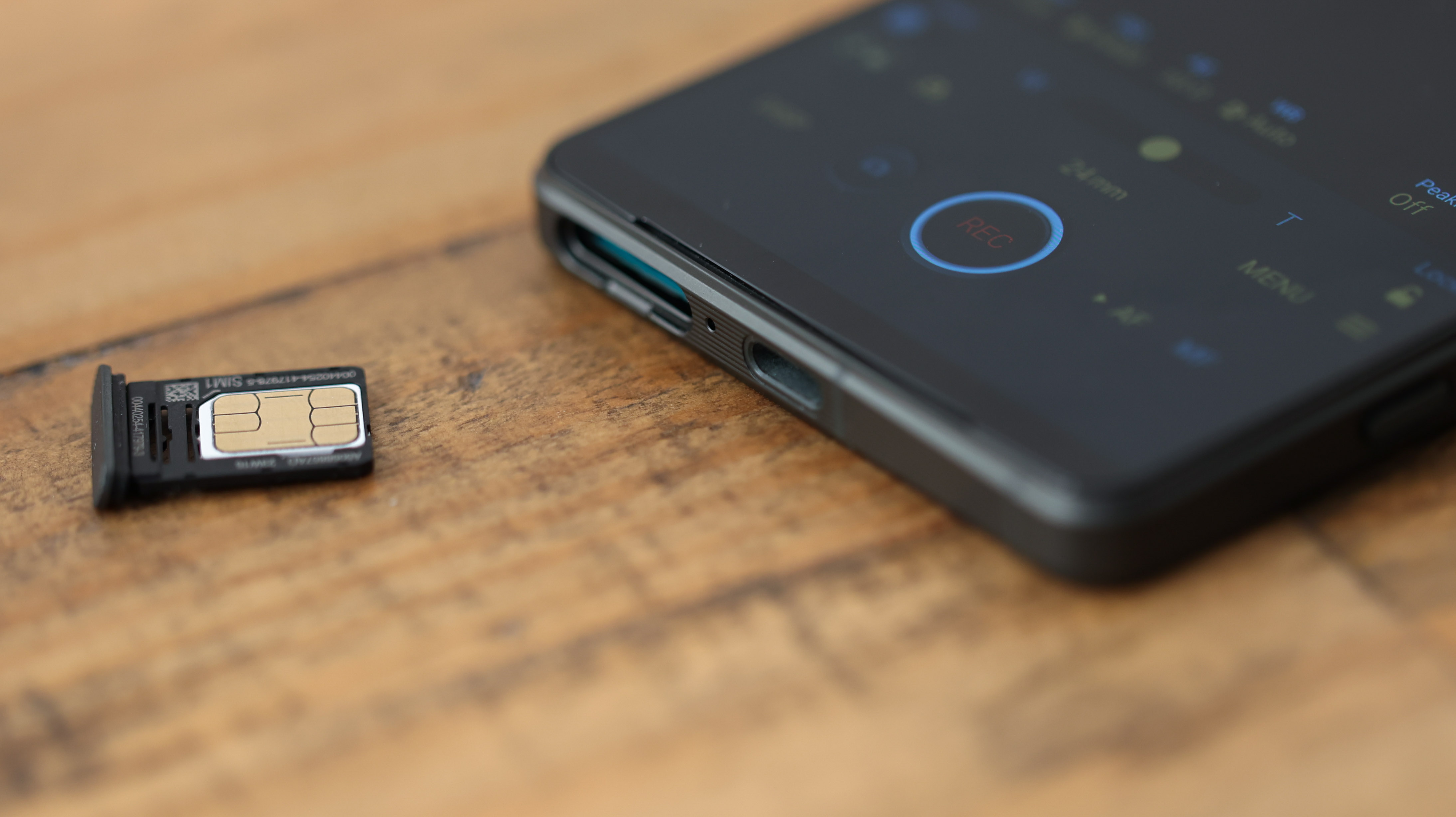
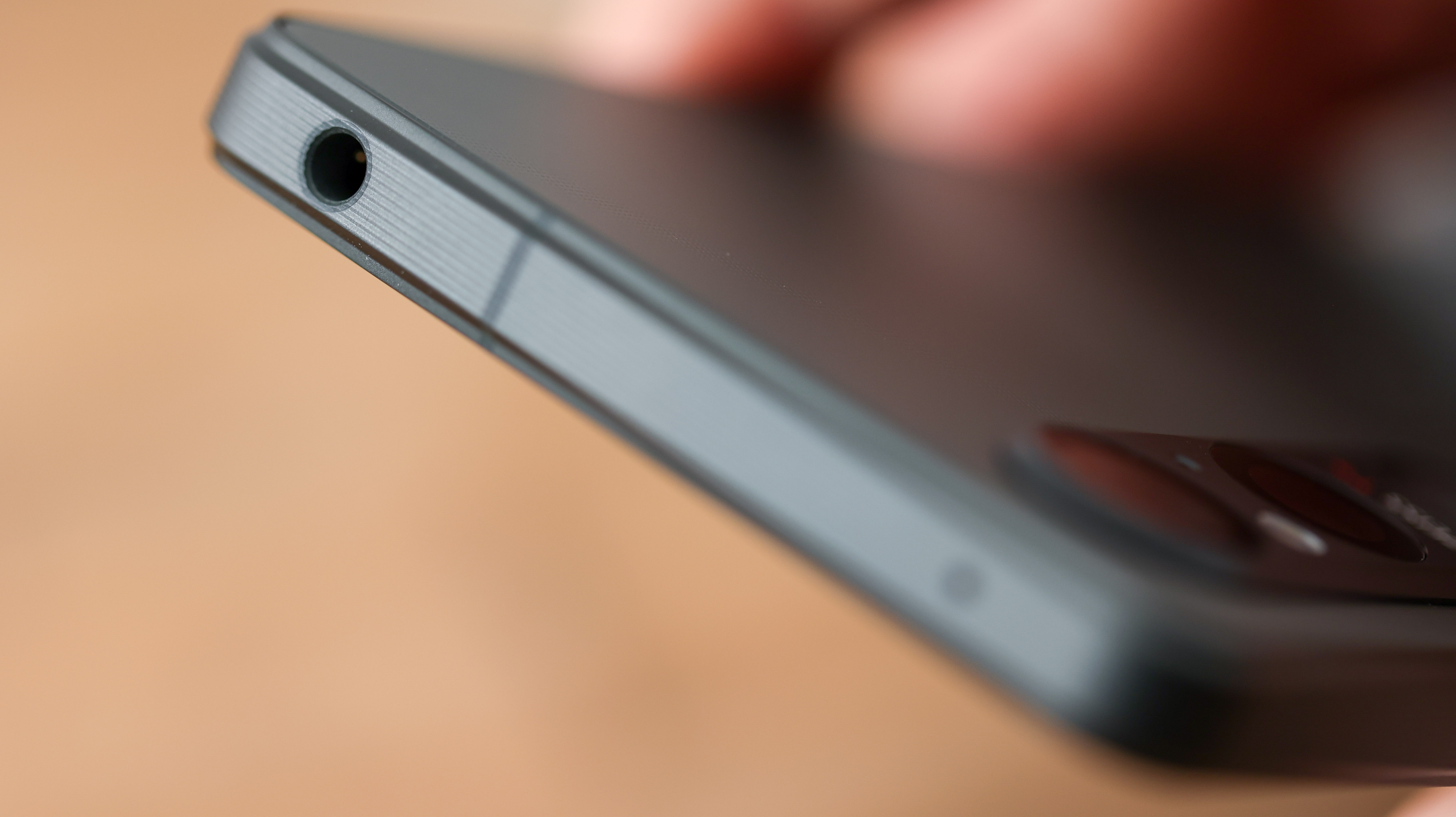
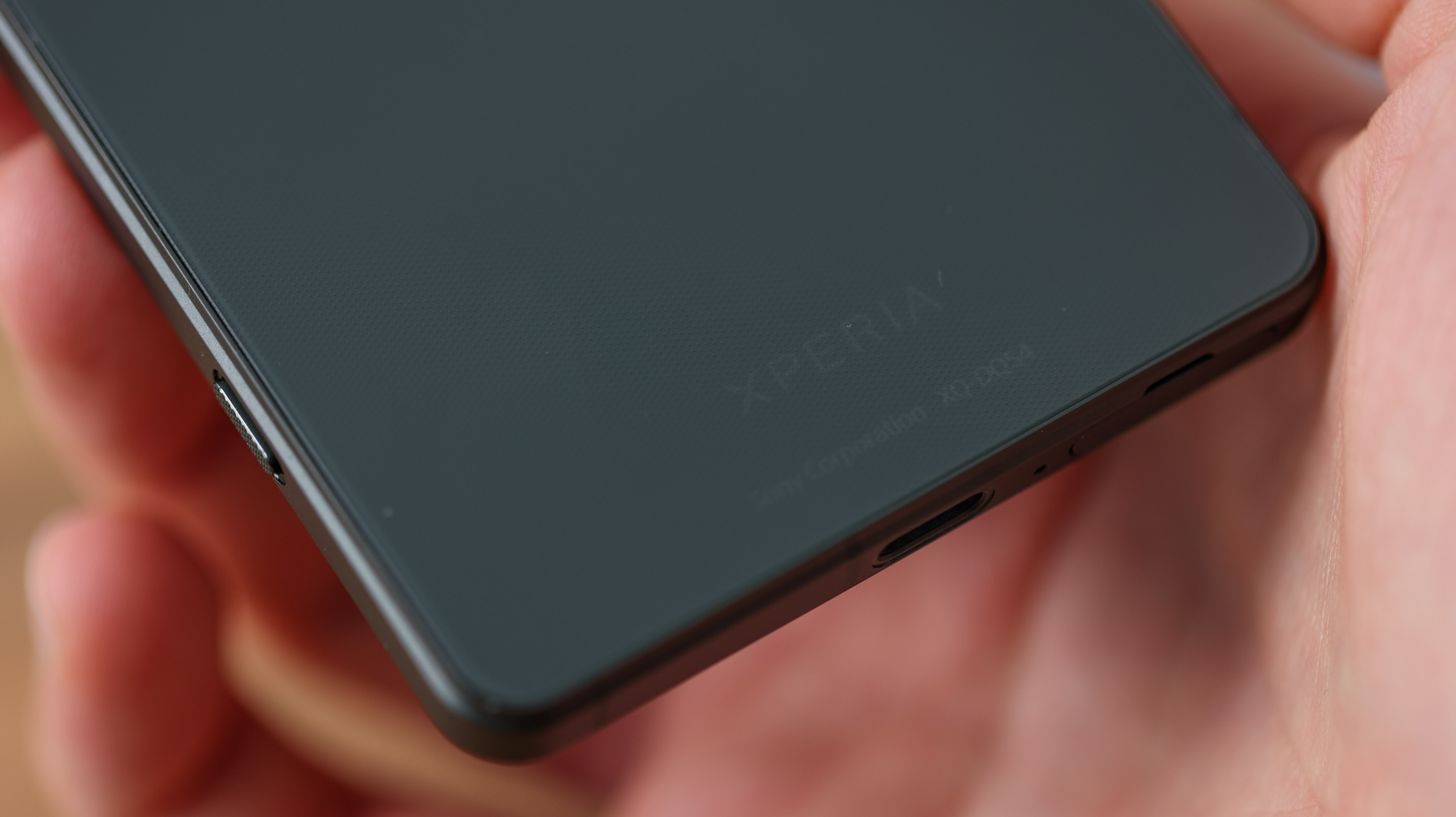
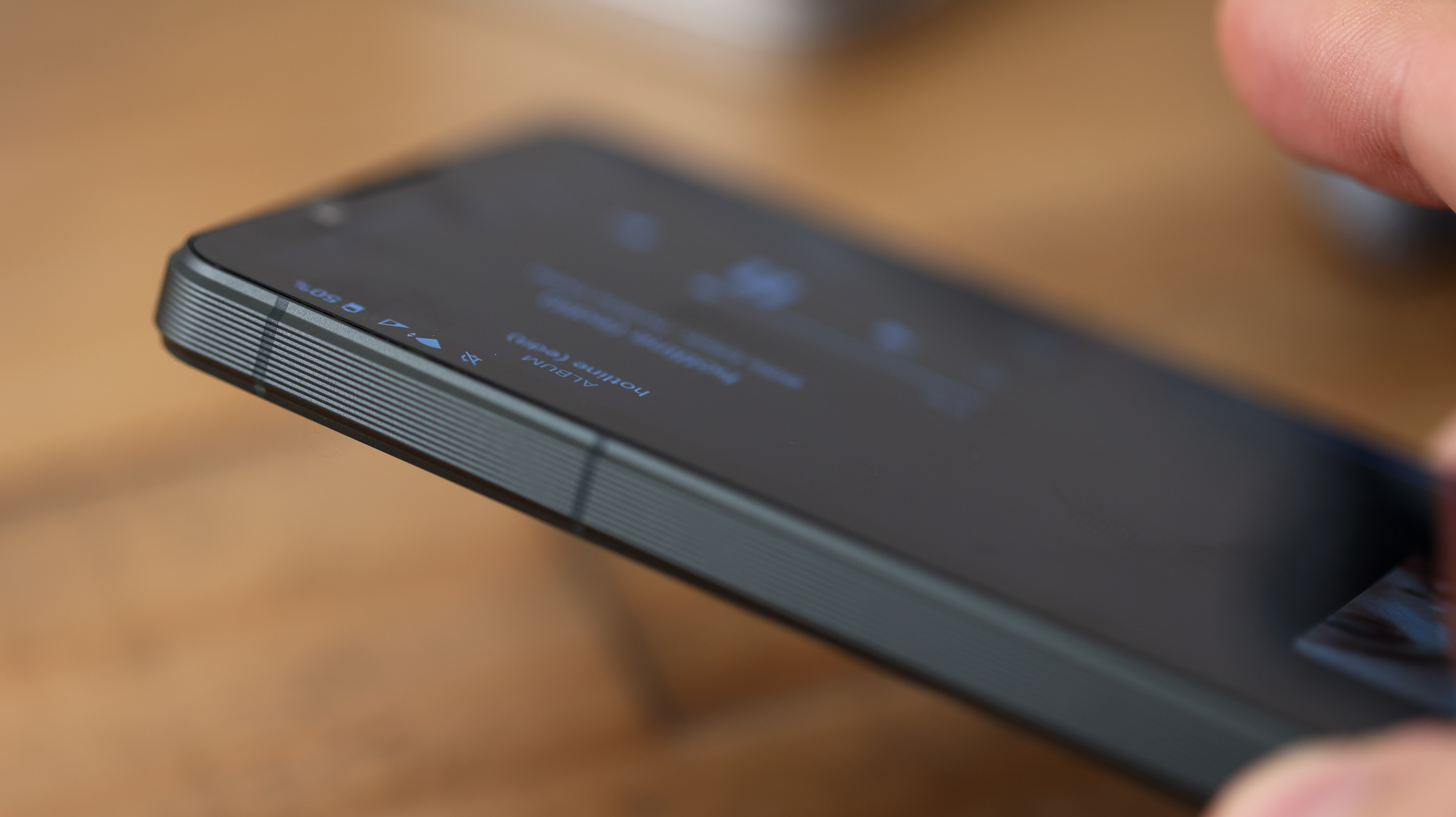
Sony fans will love the return of the two-stage camera button, and everyone should appreciate the fact Sony's SIM trays don't need to be ejected with a pin – a modest fingernail's good for the job.
At the base is a USB-C port, and on the front are speakers, which fire forward and bookend the screen. These are loud and easy to listen to. There's no notch or punch hole for the selfie camera cut out of the Xperia 1 V's screen, just a slight bezel where the front camera lives above it.
Sony Xperia 1 V: Screen
Sony's brought back the 4K, 6.5-inch display of the Xperia 1 V for 2023. This is the highest-resolution phone screen on the market, cramming a mind-bending 643 pixels into every inch. For context, the iPhone 14 Pro Max's brilliant screen sports 460 pixels per inch.
If you think that's the end of the screen component of the review and Sony wins out against the competition – hold up – it isn't quite so clear cut. The Xperia 1 V doesn't always display in 4K resolution. In fact, it's only in a handful of pre-installed apps that you experience native 4K visuals. When watching Netflix, content caps out at Full HD, and games are also played back at that resolution. This won't make things look dull or blurry – the screen looks excellent and crisp – but don't take the resolution at face value.
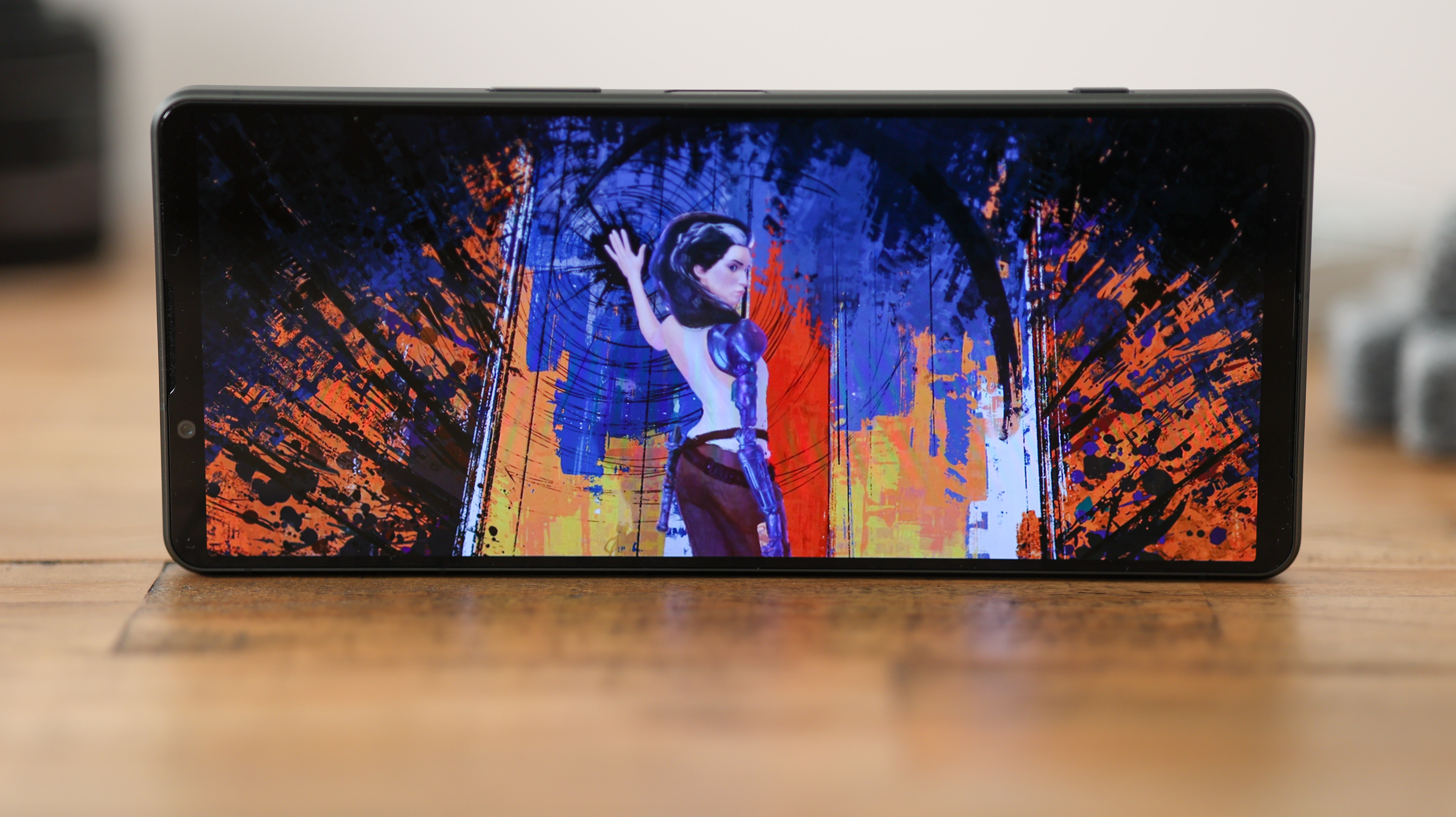
Out of the box, the Xperia 1 V showcases content at 60Hz, though you can bump that number up to 120Hz for smoother visuals in the display settings. There's no variable refresh rate – so the screen fixes at 120Hz – unlike LTPO OLED screens in most phones – which can adapt based on what's on-screen.
The screen's also an HDR OLED panel, packing a high contrast ratio for super rich-looking colors, deep, inky blacks, and bright highlights that still feature detail. Outdoor viewing was fine in London, even on a sunny day, but the Xperia 1 V doesn't get as bright as an iPhone 14 Pro or Galaxy S23 Ultra, so if you live somewhere perpetually brighter, you might want to check it out in the flesh if you can. Sony hasn't given official brightness figures, but in our tests, it capped out at around 1000 nits – bright, but not the brightest.
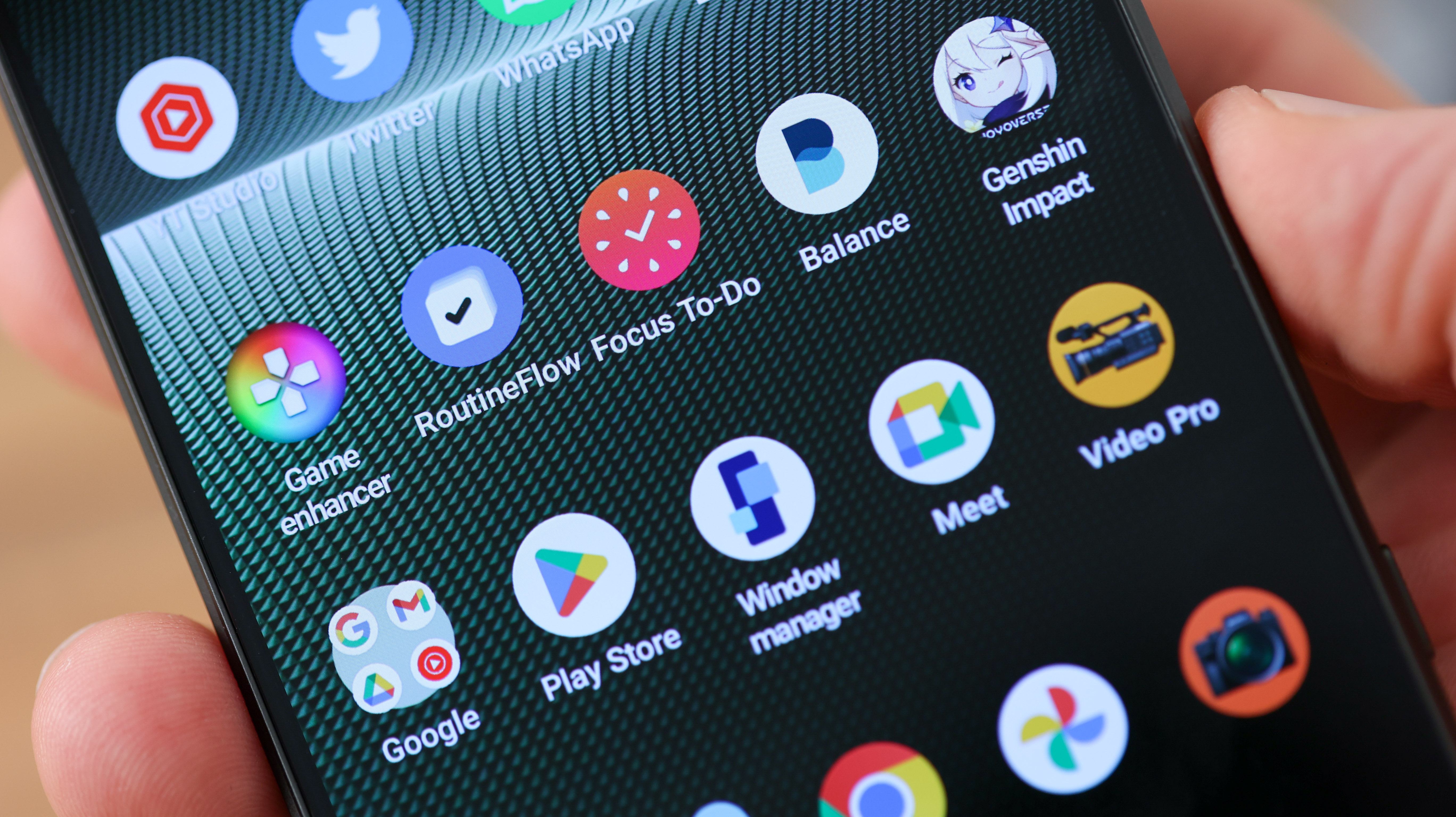
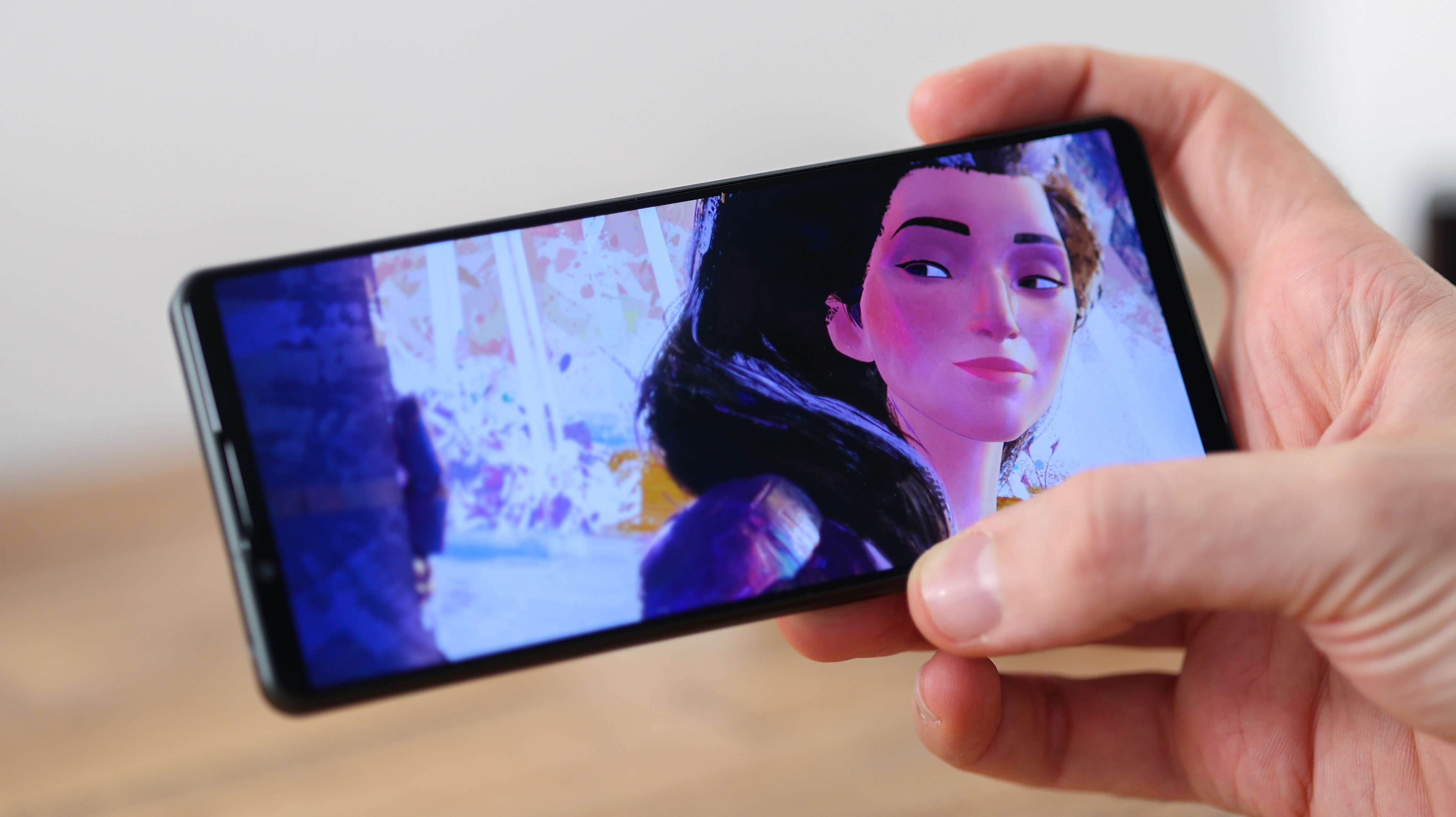
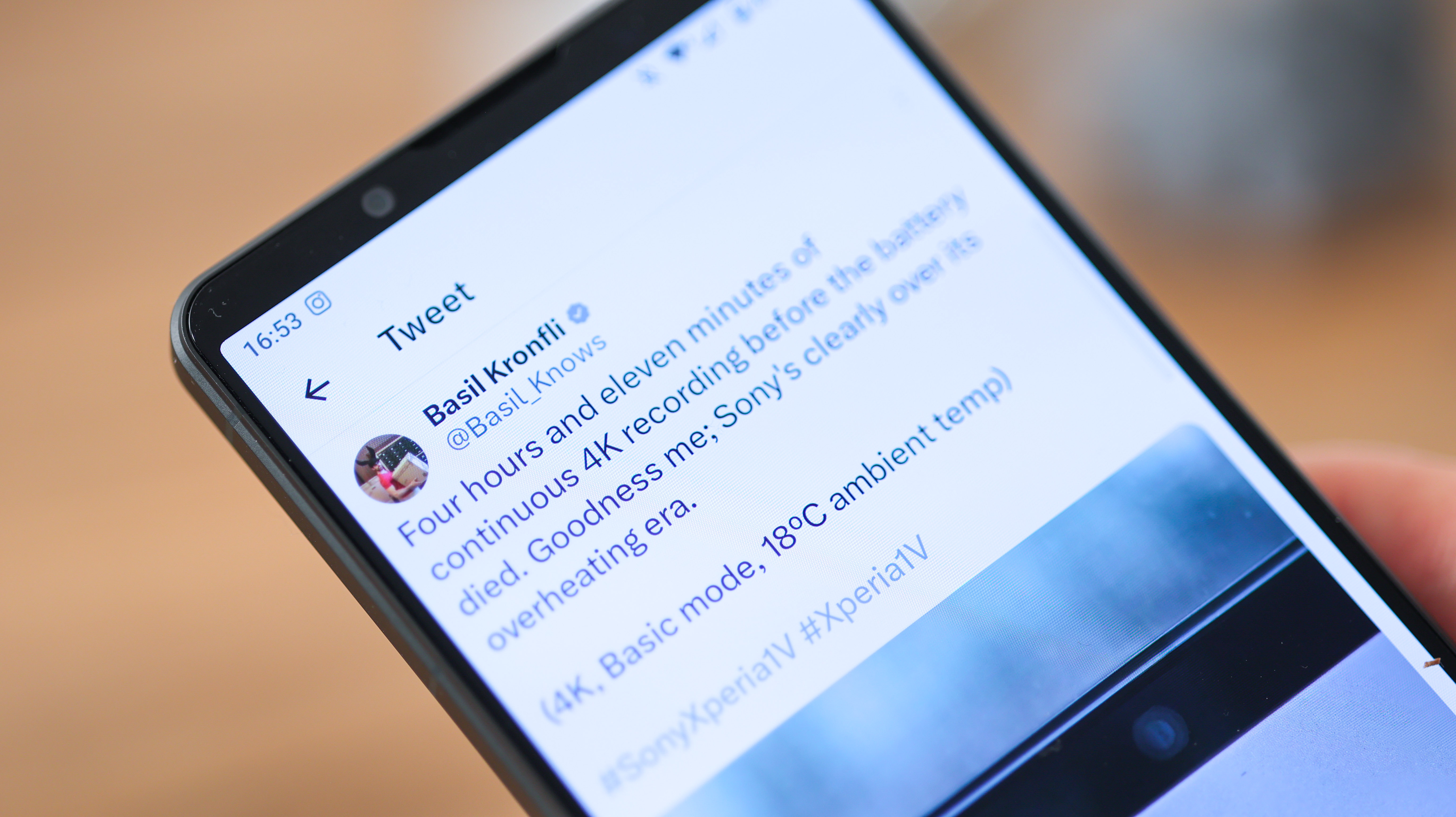
What we've always liked about Sony displays is that they're extremely customizable. Since the first Xperia 1, Sony has featured a Creator Mode with a BT.2020 color profile and 10-bit picture rendering. White balance is also traditionally customizable across a color temperature bar, and Sony also includes its X1 for mobile image engine.
All this means, the Sony Xperia 1 V screen is very good, bringing back much of what Sony's been doing well for a few years. It misses out on a few highlights that have become commonplace recently – namely a variable refresh rate, which could help battery performance. We would have preferred the Xperia 1 V to feature a brighter 2K display that was full-resolution more frequently than a 4K display that renders at 1080p 95 percent of the time.
So while Sony's screen looks excellent, others from Apple, Samsung, and OnePlus do offer more practical highlights even if they miss out on 4K resolution.
Sony Xperia 1 V: Camera specs
While we initially thought the big news with the Xperia 1 V's camera was its hardware – specifically that new stacked CMOS sensor – it's actually Sony's refreshed software.
Firstly, Sony's boosted its computational photography to pull out more shadow detail, and brighten up lowlight environments a bit more than last year's Xperia 1 IV – and this is a massive, practical upgrade.
Sony's also added more flexibility to its more manual shooting modes. You can now use the Video Pro app in portrait orientation, and 4K 60fps content can be saved to the SD card. All these remove what felt like a set of arbitrary limitations in past Sony phones.
The fact Sony's also trickled down modes like Product Showcase to the Xperia 1 V, and it can be used as an external monitor and recorder beautifully illustrate that the Xperia 1 V is more 'one Sony' than any Xperia before it.
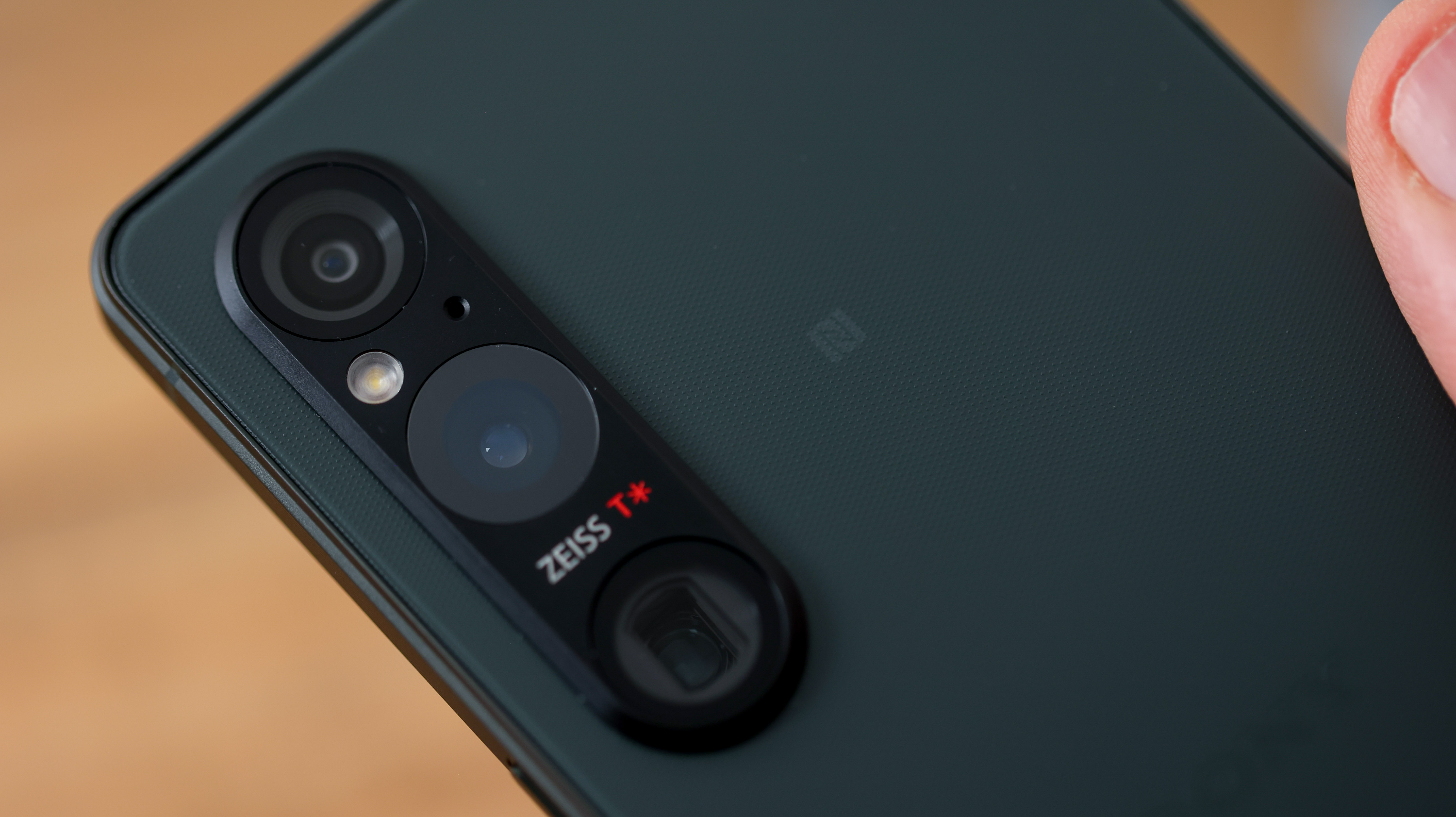
As for its camera hardware, though, there are some confusing choices made by Sony. Firstly, the new main camera – it doesn't have the biggest mobile sensor to come out ifs camera labs.
Unlike the 1-inch, IMX989-packing Vivo X90 Pro and Xiaomi 13 Pro, the Xperia 1 V has a 52MP 1/1.35 sensor. This isn't a normal 4:3 sensor – it features a wider 4.3:3 aspect ratio, slightly wider than a traditional camera to give more space for electronic stabilization in video, and it shoots 4:3 photos with a 48MP resolution, which is then pixel-binned down to 12MP.
That's pretty complicated – but bear with us as we dive a little deeper into the Xperia 1 V's novel 4.3:3 sensor. If the full 52MP sensor is 1/1.35", but the phone captures stills at 48MP, that's an 8 percent reduction in utilized sensor for photos. In turn, if we want to know the relative sensor size, it's 1/1.35 minus 8 percent, which is roughly 1/1.45". While that's much bigger than the 1/1.7" sensor in last year's Xperia 1 IV, when set against the competition, it's a fair bit smaller: iPhone 14 Pro – 1/1.28", Galaxy S23 Ultra – 1/1.3", Honor Magic 5 Pro – 1/1.12".
But that's all specs – and as we know from the age-old megapixel debate – bigger isn't always better.
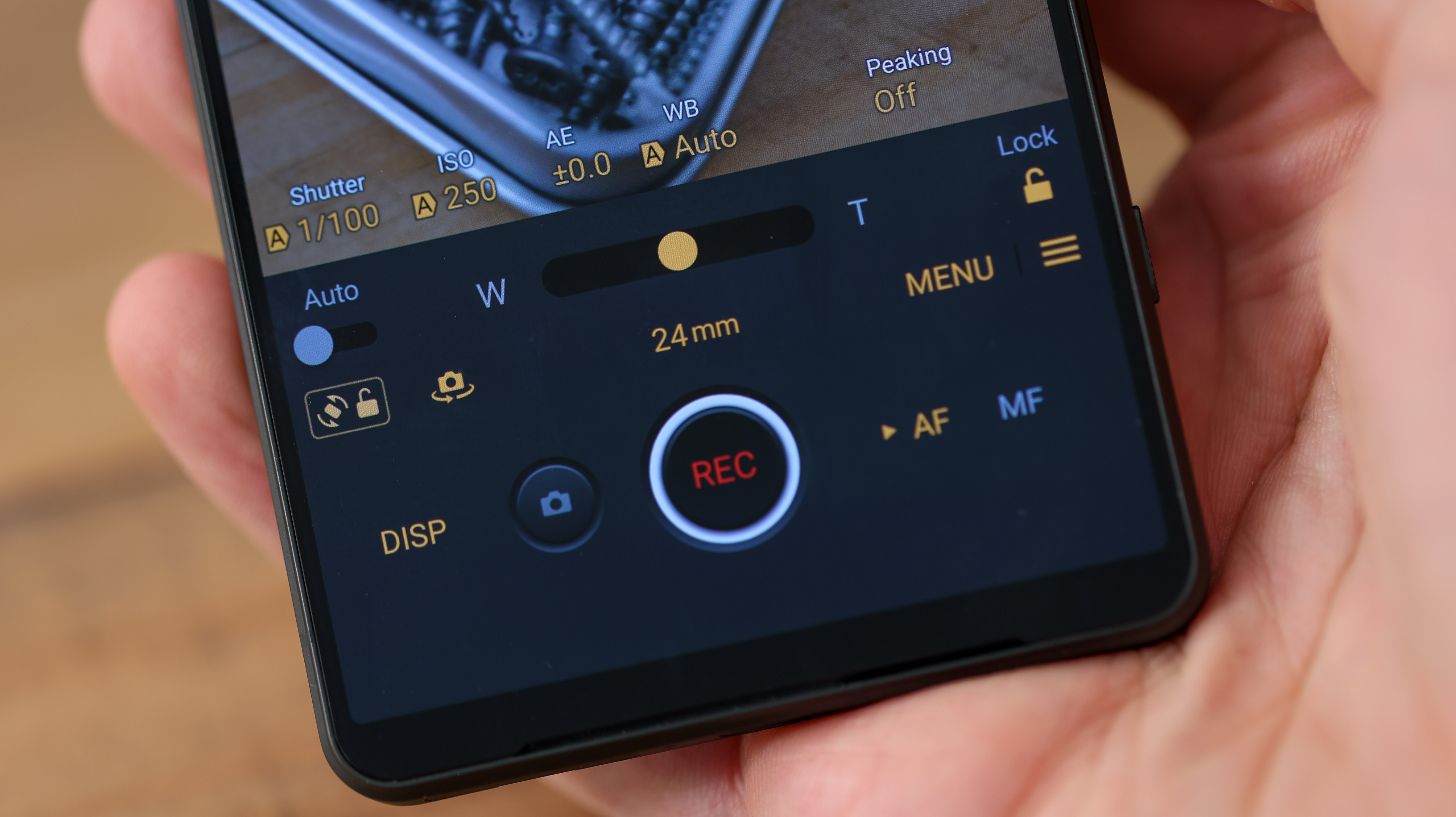
As for the Xperia 1 V's secondary cameras, these are lifted from last year's Xperia 1 IV. There's a 12MP telephoto camera, with a continuous zoom from 3.5x (85mm) to 5.2x (125mm), matched with an f/2.3-2.8 aperture, and a 12MP ultra-wide with an f/2.2, 124º (16mm) lens.
Shooting modes are split between three apps: Photography Pro, Video Pro, and Cinema Pro, and each of these goes from being relatively automated to fully manual. If you aren't a content creator, you'll probably spend all your time in Photography Pro, as that can also capture video at up to 4K 30fps as well.
Sony Xperia 1 V Camera Review
In bright environments, the Xperia 1 V is a fantastic camera phone that benefits from all of Sony's photo smarts and colour science.
Unlike past Xperias, you can leave the phone in Basic or Auto mode and even when the lights drop or your subject has a heavy backlight, shadow detail is boosted. This represents a shift in Sony's mobile processing, embracing computational photography, at least in Basic mode, and we think it's a great move that makes the Xperia 1 V more competitive.
You can see below examples across all the optical lengths (ultra-wide, primary, 3.5x zoom, and 5.2x zoom) taken in both bright and overcast conditions.




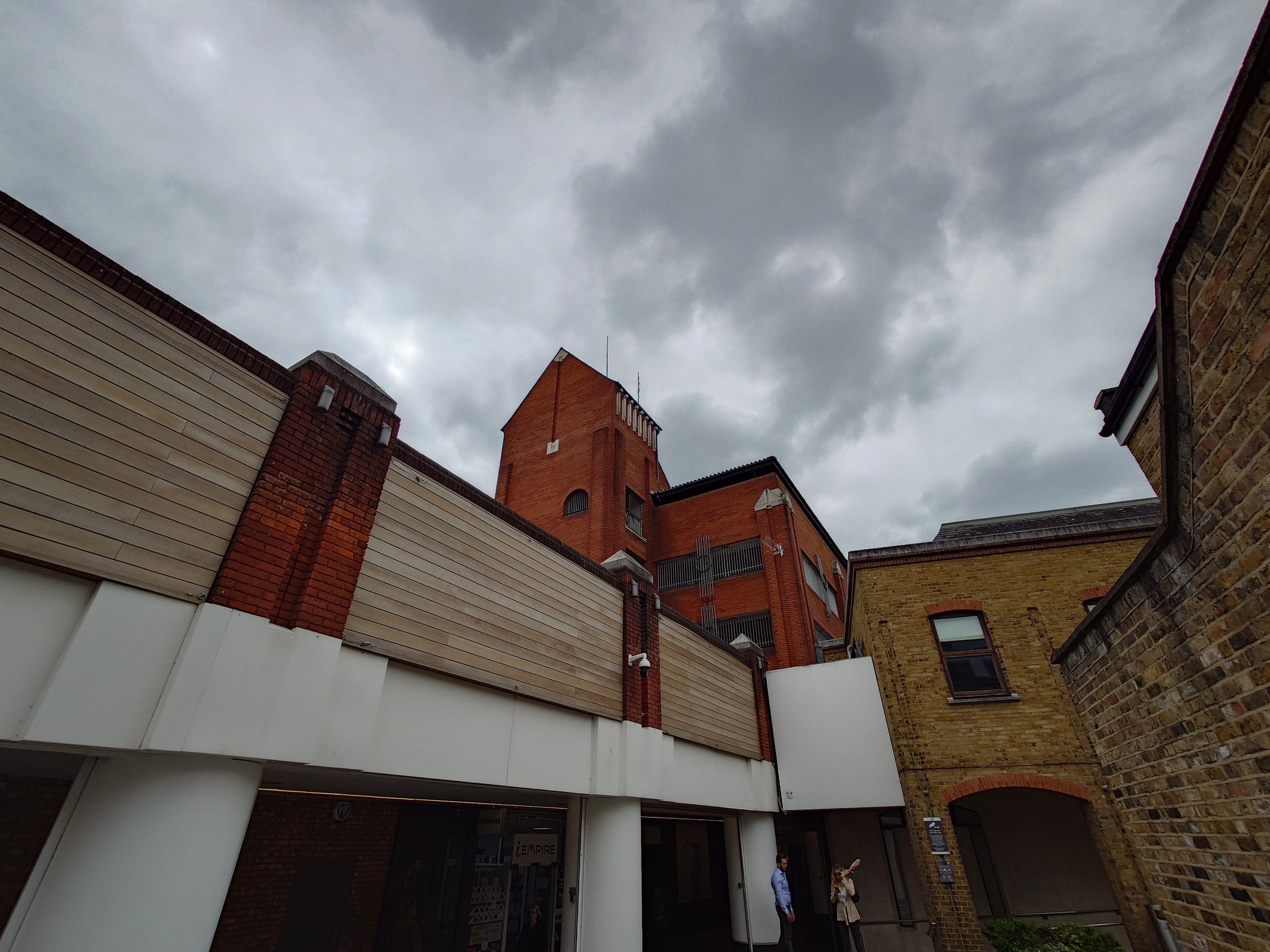

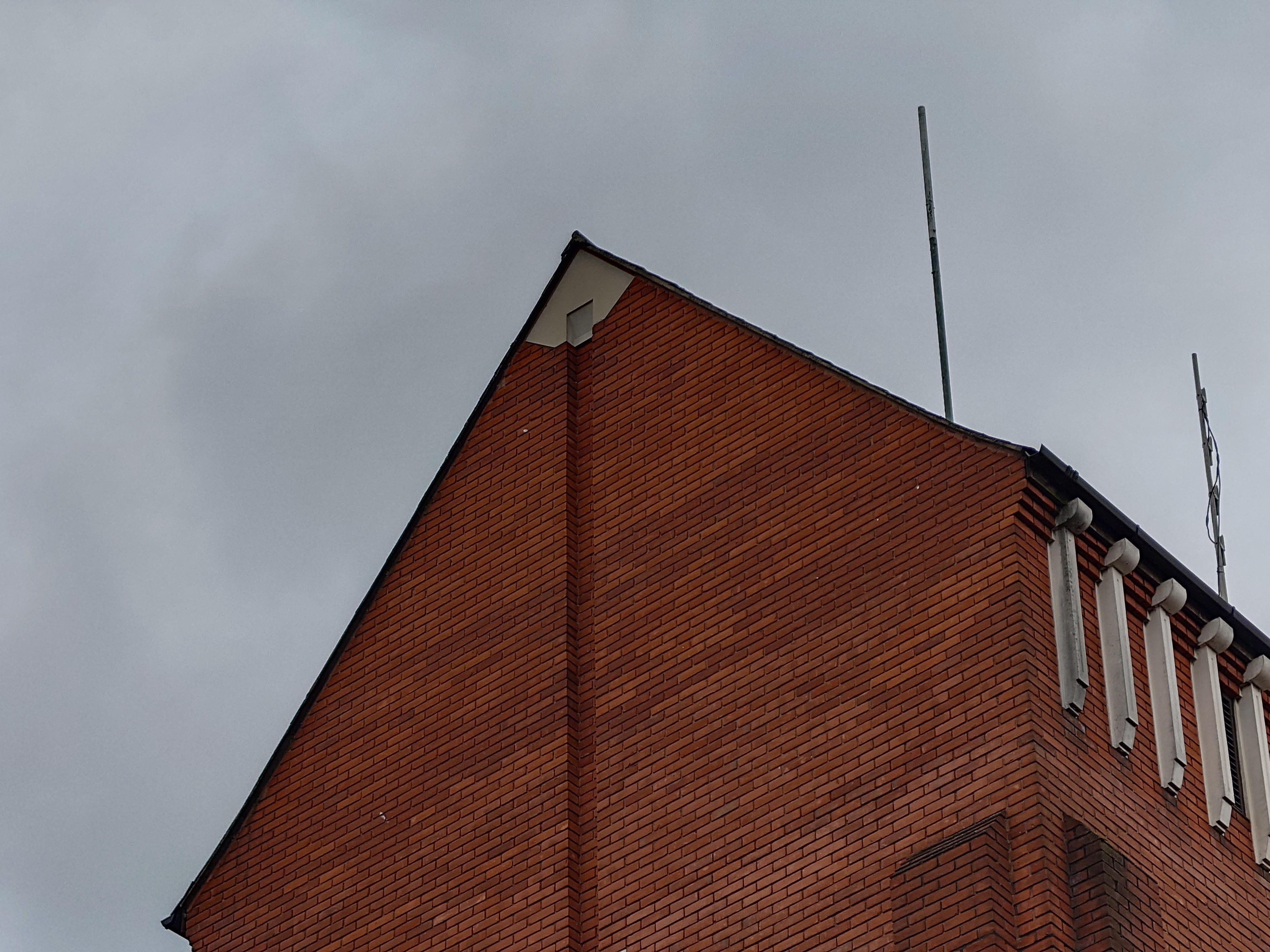
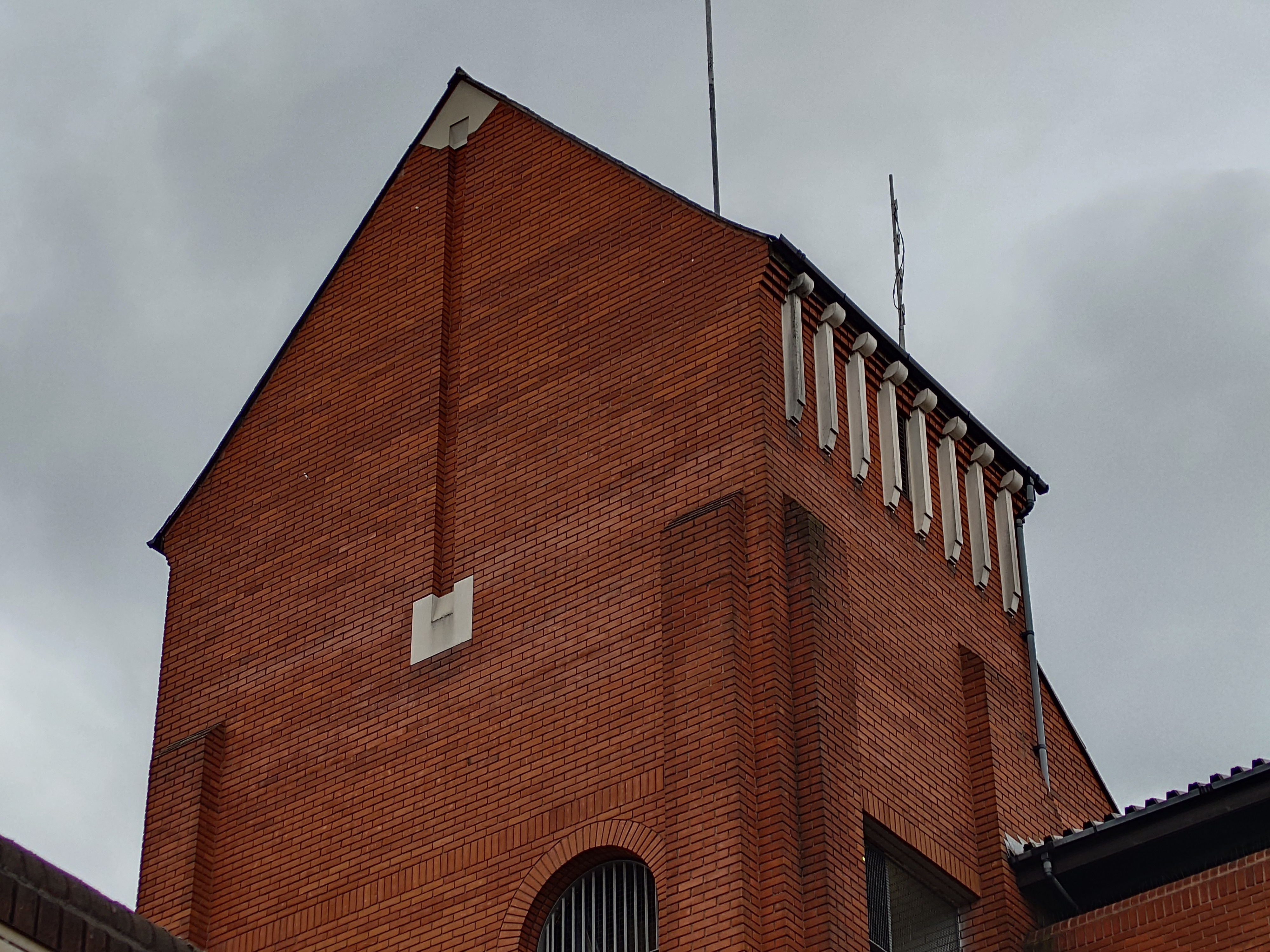
Sony's less traditional take on photo processing extends to lowlight shooting on the Xperia 1 V. As illustrated in the four photos below – once again at four different optical focal lengths – nighttime photography benefits from artificial shadow boosting by way of an automatic night mode.
The main camera showcases the most detail at night as well as the brightest exposure, so anyone using the phone in dimly lit scenes should lean on it. If you want your snaps to look a little less enhanced, just dip into a different shooting mode.
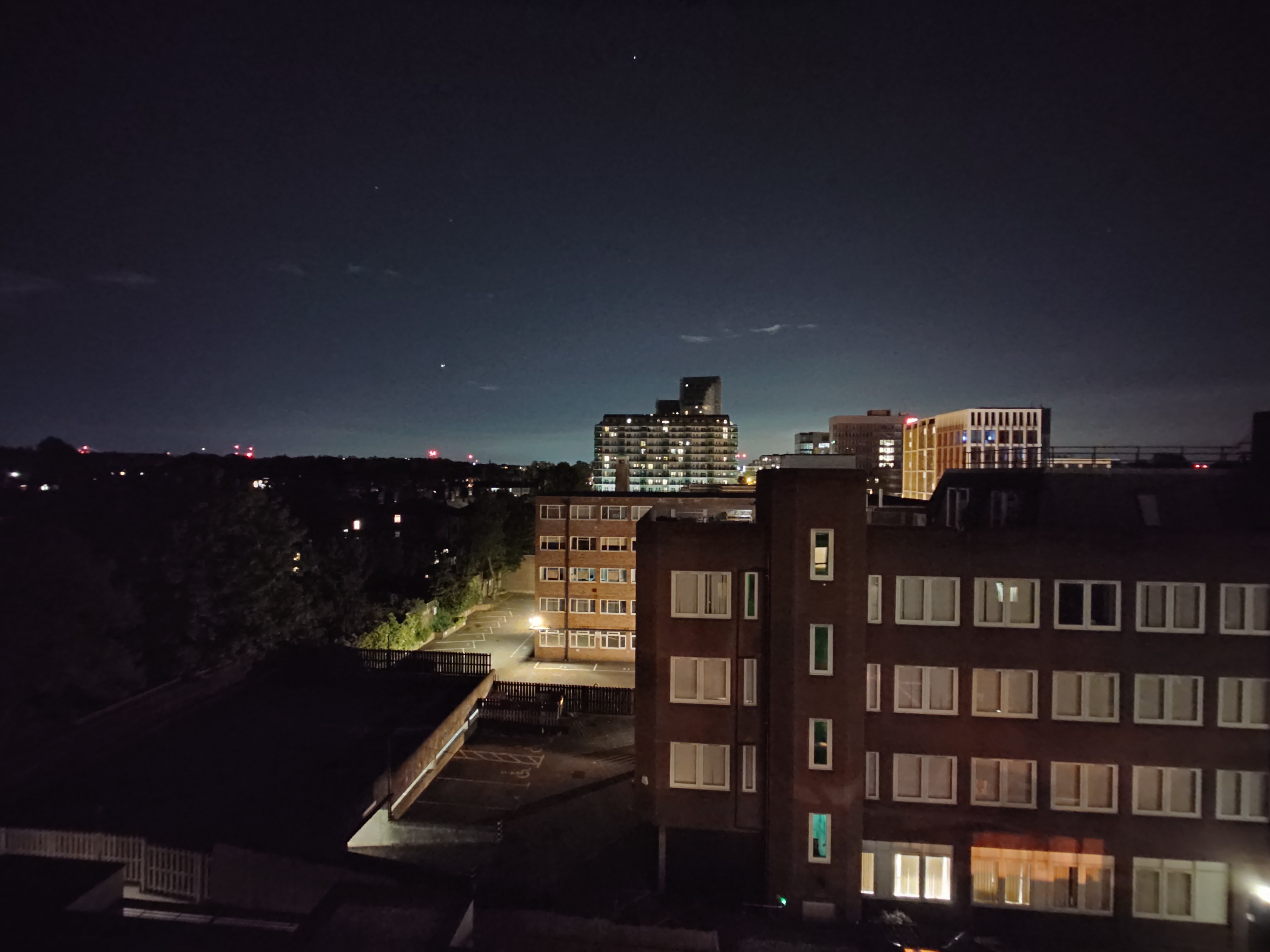
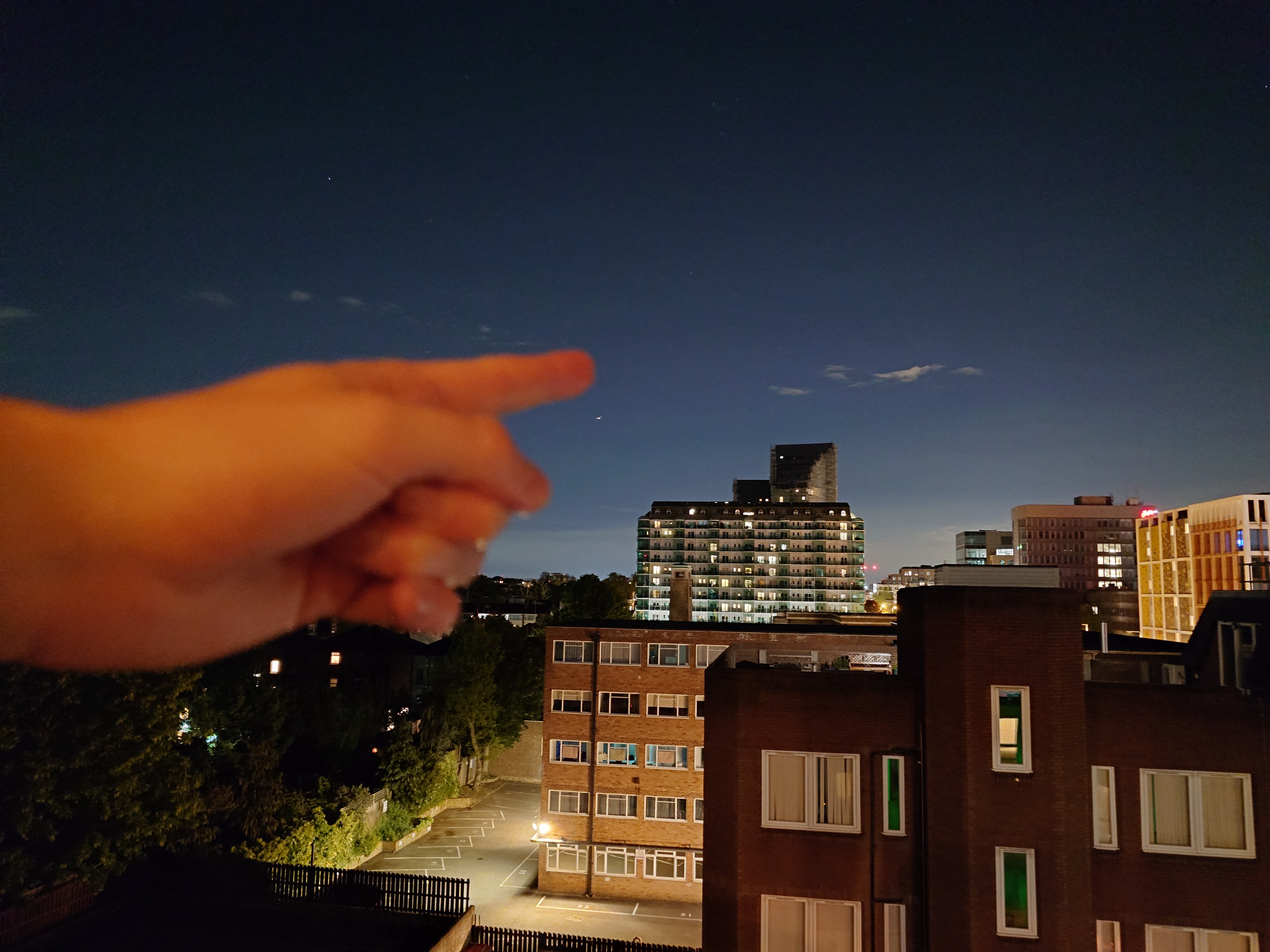
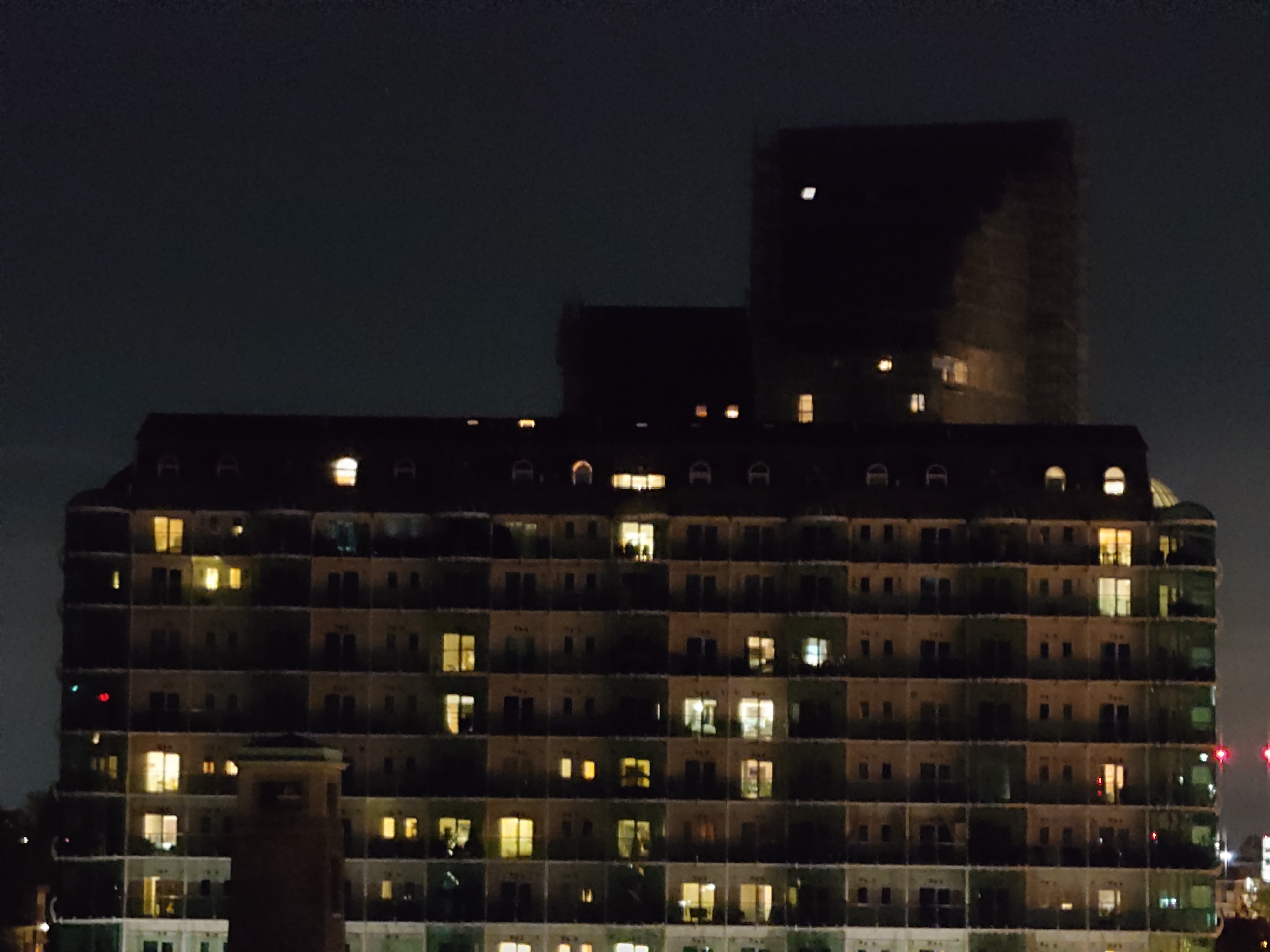
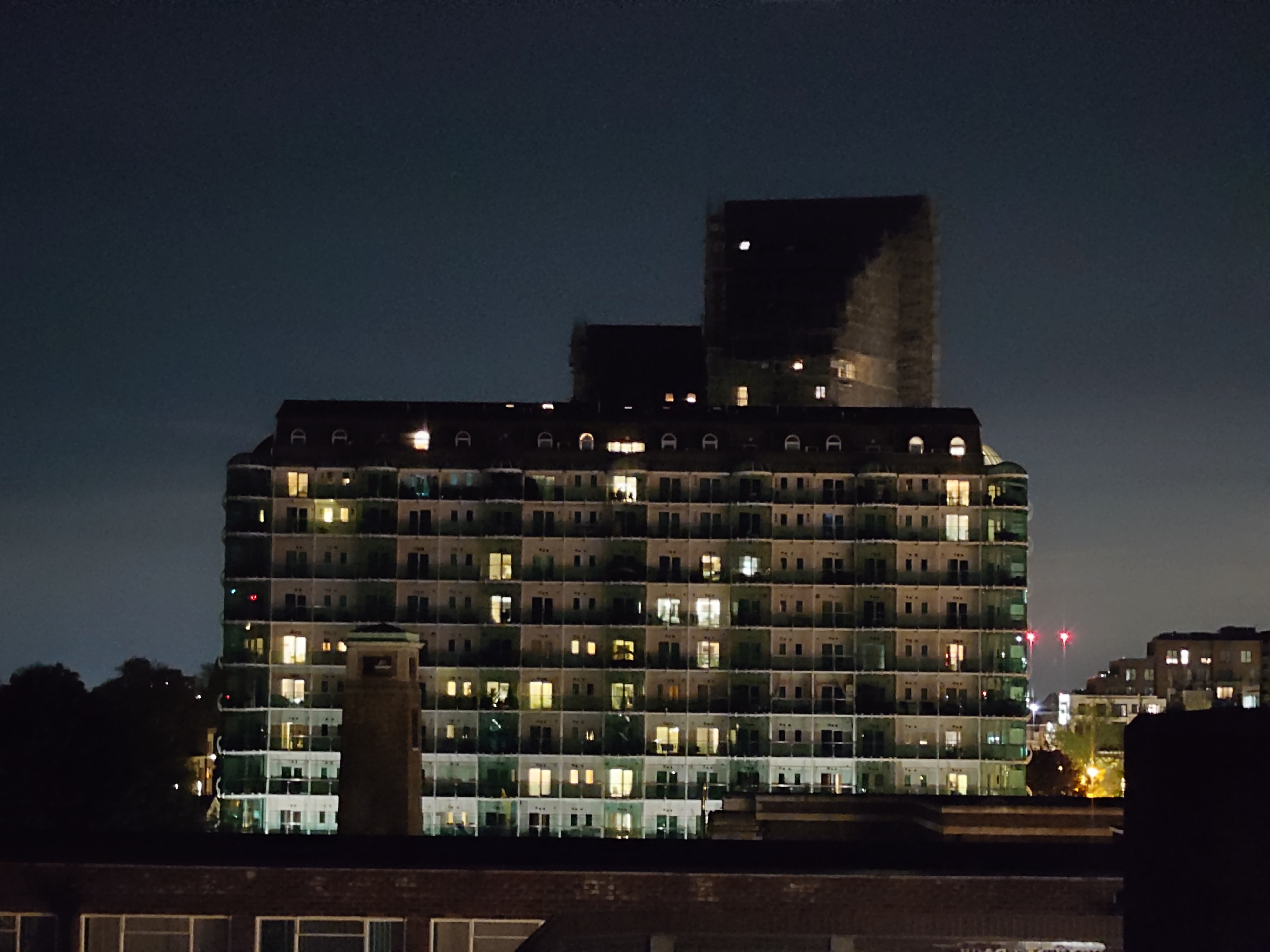
If you're concerned that the Xperia 1 V produces less shallow depth of field owing to its smaller sensor than the competition like the iPhone 14 Pro Max and S23 Ultra, we wouldn't be too concerned. Yes, the 1-inch Xiaomi 13 Ultra bests the rest in this department, but the Xperia isn't too far behind the pack here.
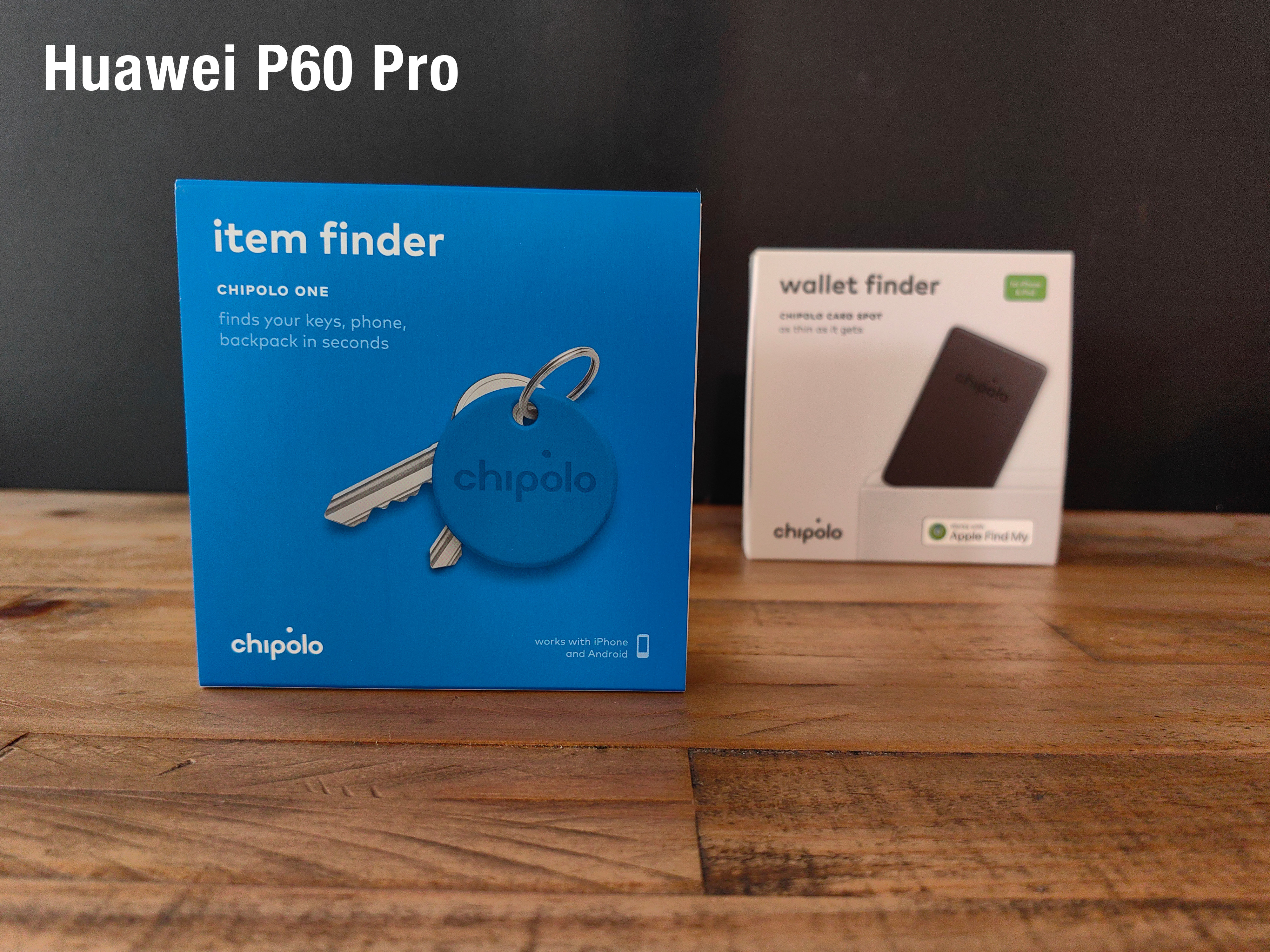
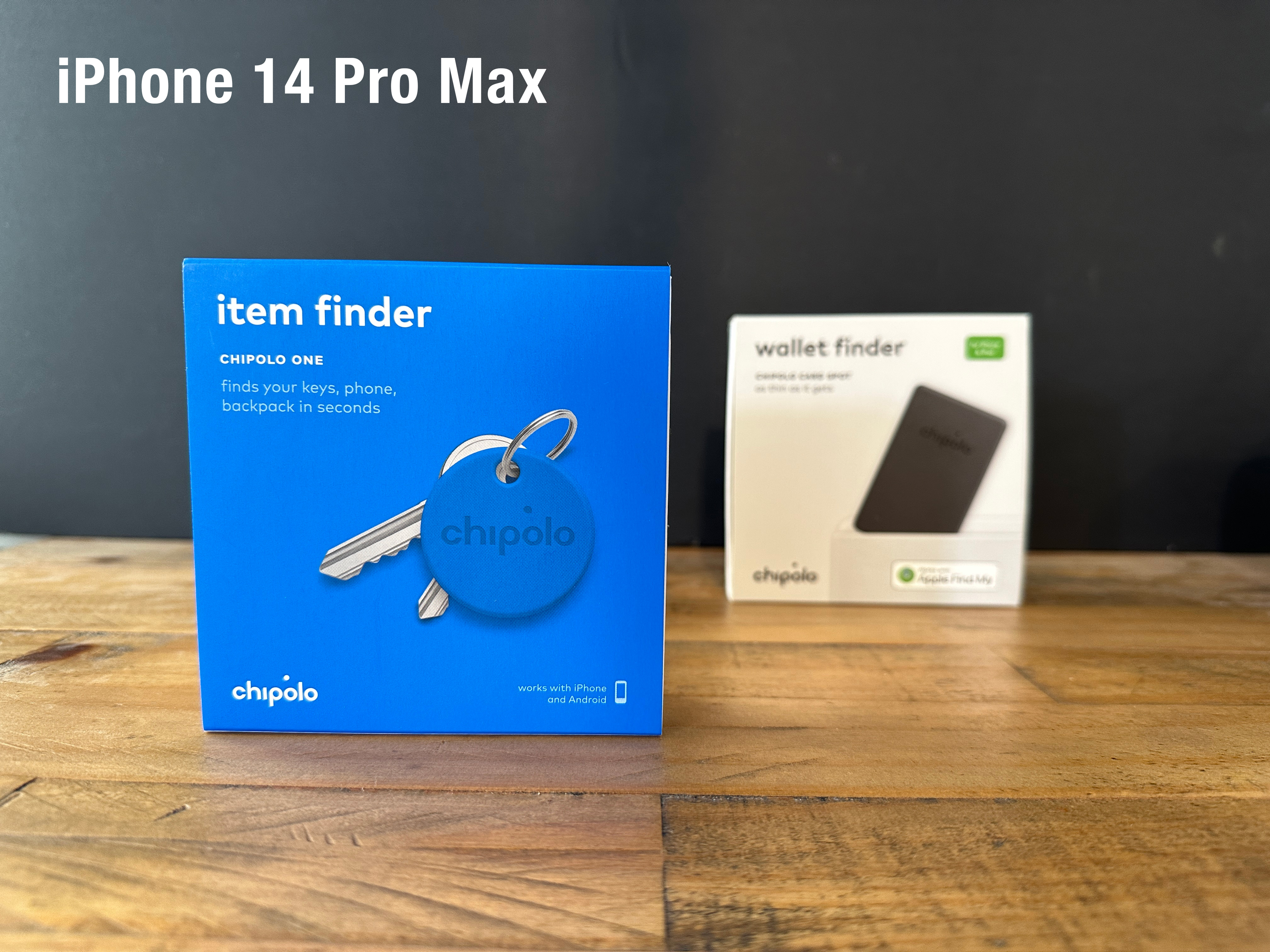
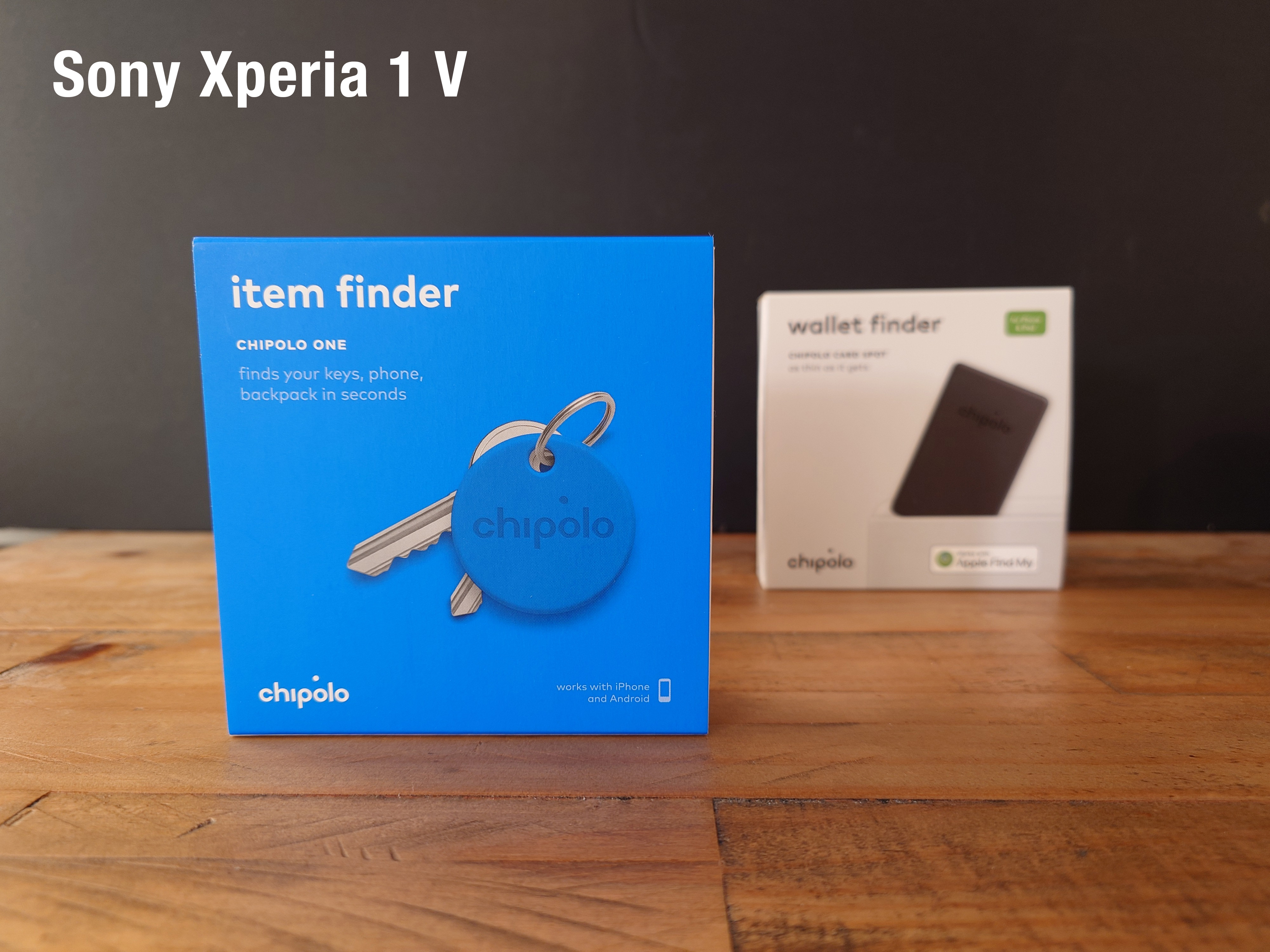
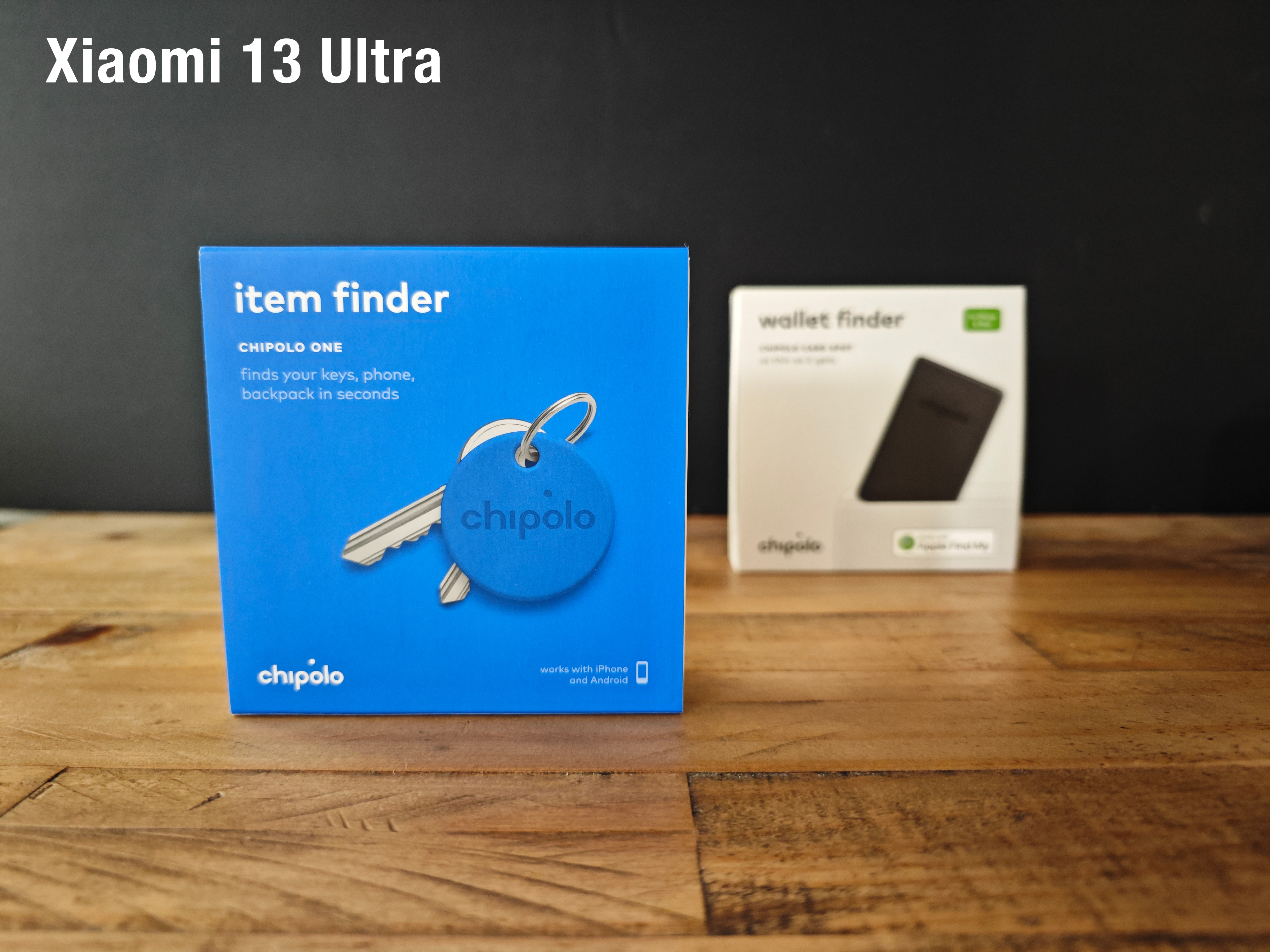
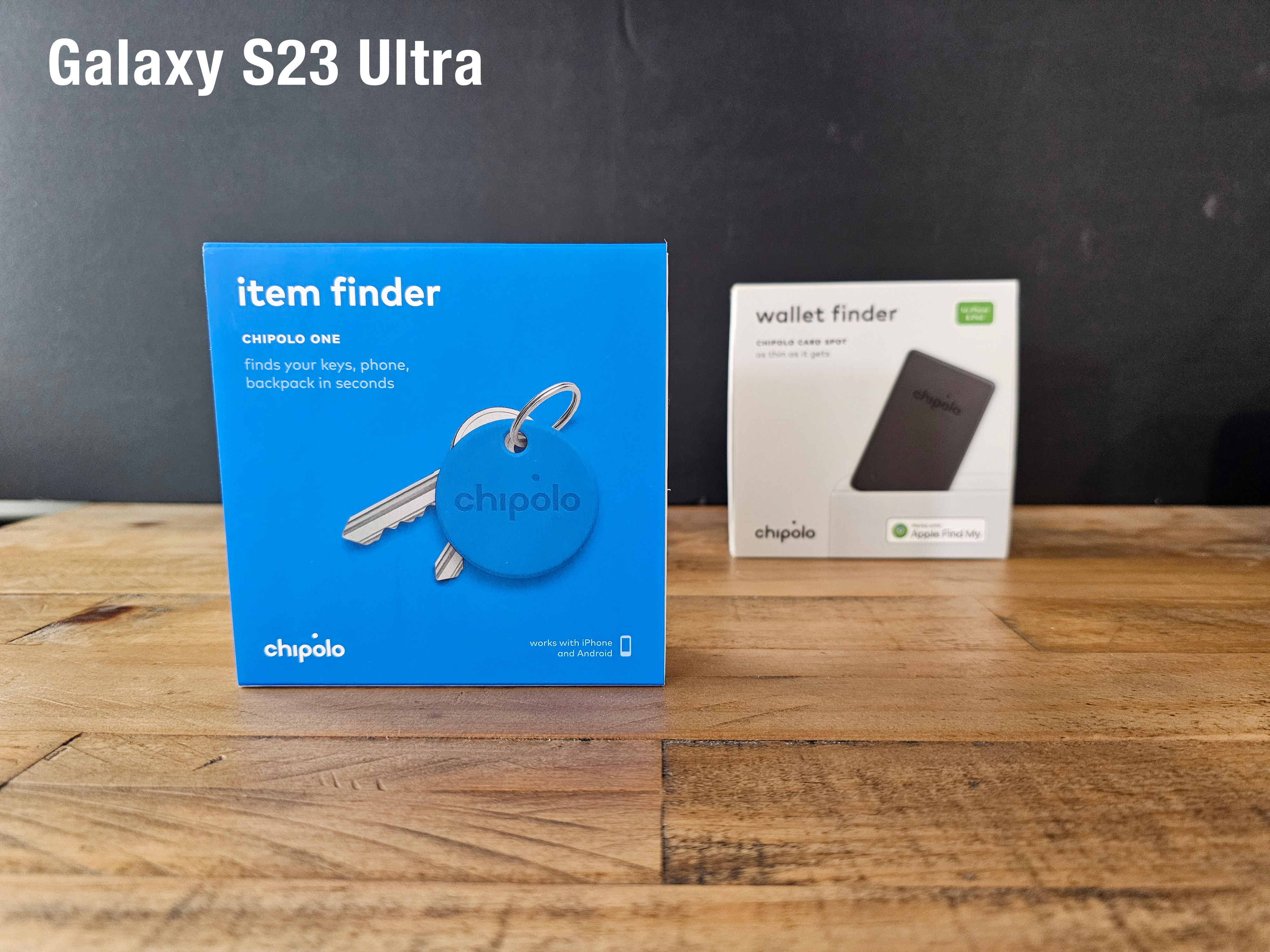
Where the Xperia 1 V's sensor size might be more of a limitation is when shooting RAW, and specifically, when trying to eke out as much shadow detail as possible. There was significantly less scope to pull out shadow detail from Sony's phone than Xiaomi's in Lightroom with exactly the same manual settings – ISO 4000, 1/20 shutter, f/1.9 aperture.
I like the Xperia 1 V, but would a bigger sensor have been better?Here are two edited RAW photo crops: ISO 4000, 1/20, f/1.9. One's shot on the Xperia (922.dng), the other Xiaomi 13 Ultra (995.dng).Lightroom:Before/after: Shadows +100Single image: Auto + Denoise applied pic.twitter.com/QE64m9ZSbvMay 25, 2023
Despite not packing best-in-class lowlight performance, though, the Xperia 1 V is still an excellent camera phone, and that's before you get to its more manual modes. The eye AF works brilliantly, doing a great job even when snapping a feisty kitten, complete with backlighting, and having a powerful ultra-wide and telephoto are boons too – especially for portrait photography.


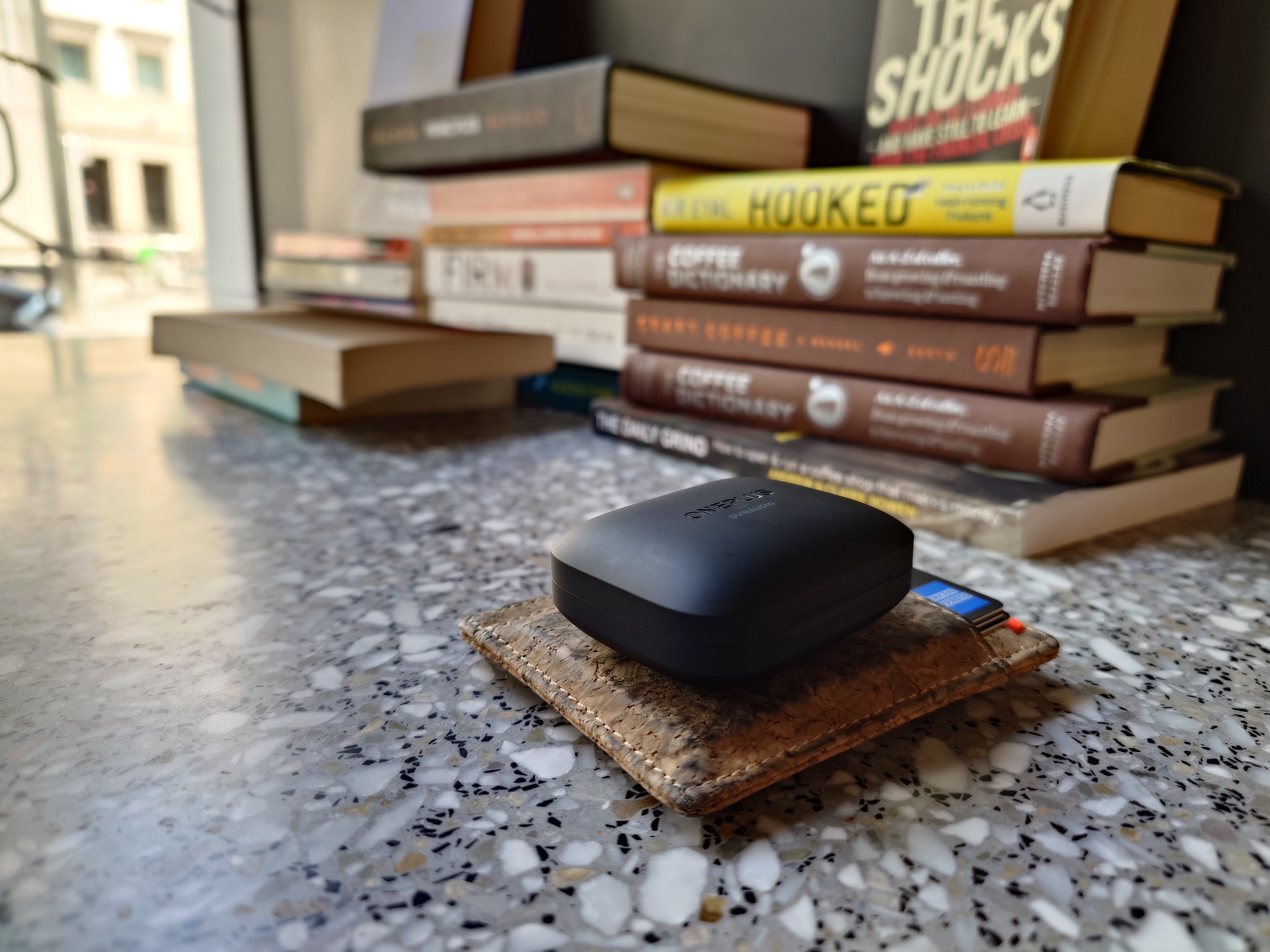


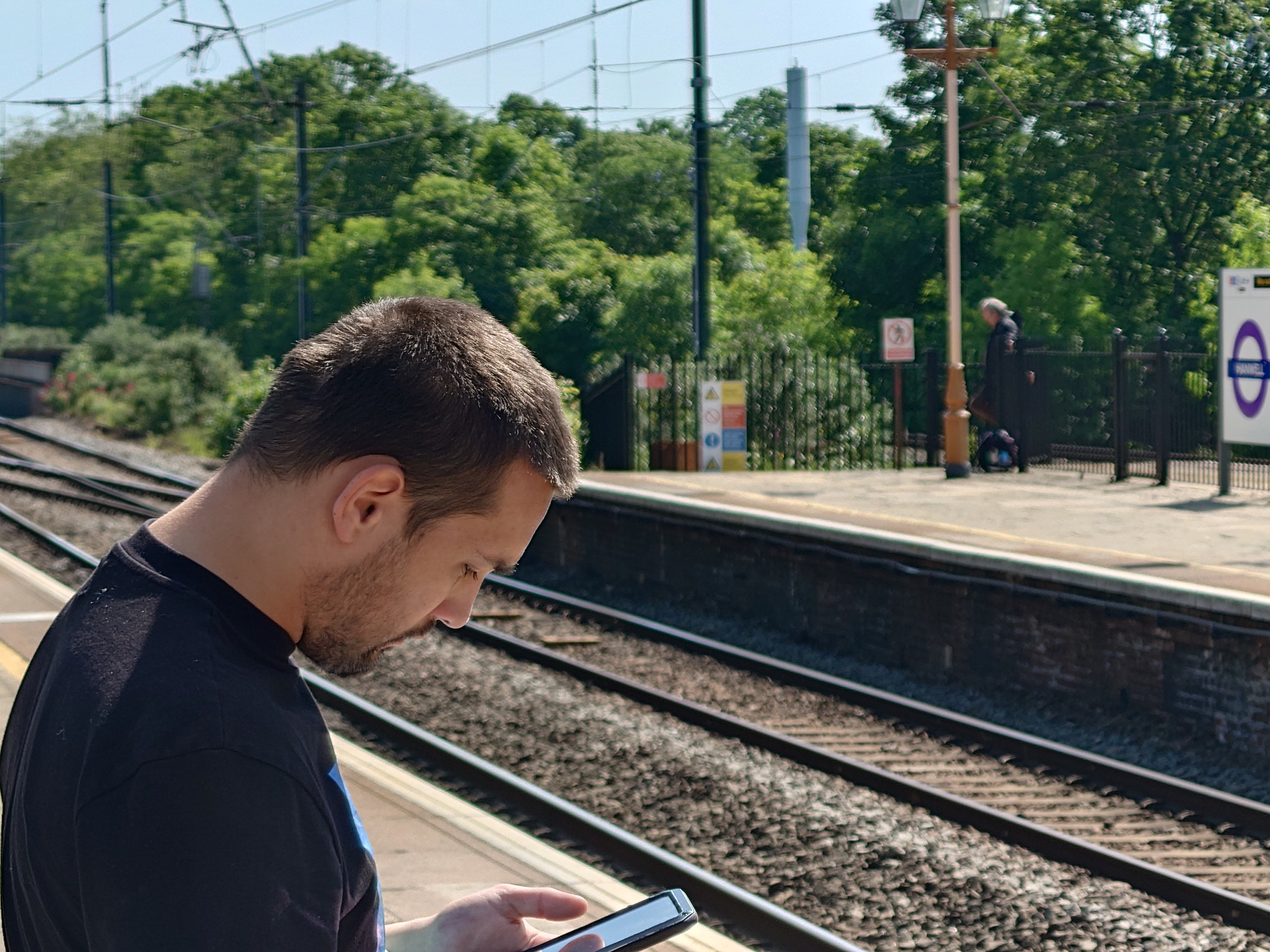
The zoom range on the Xperia 1 V won't best competition like the Galaxy S23 Ultra or Xiaomi 13 Ultra, but it's significantly better than the iPhone 13 Pro, and other flagships that miss out on periscope cameras.
As for the Pro modes and manual video modes, they are so feature-rich, they could be covered in a standalone review. Suffice it to say, though, Video Pro is a fantastic creator tool that gives you granular control over capture, and adds a huge amount of value with updated features. These include focus peaking for easier manual capture and racking focus, and product showcase for easy solo vlogging.
Video captured in auto mode benefits from excellent image stabilization, and if you're a manual shooter, nothing on the market comes close to the Xperia 1 V's out of the box experience – even if some competing camera hardware is better in specific situations.
Sony Xperia 1 V: Performance and battery
While last year's Xperia 1 IV suffered from overheating, the Xperia 1 V is much better at keeping its cool. It still gets warm, but seldome uncomfortably so, and applications never shut down due to overheating in our time with it.
The Qualcomm Snapdragon 8 Gen 2 provides plenty of power to keep the latest games firing on all cylinders, and while framerates weren't as consistently high as some other phones, we didn't find this impacted our gameplay. There is one caveat to this point, though. When the battery is below 10 percent or it's been sat in the sun for too long, the Xperia 1 V throttles performance and appears to drop the screen refresh rate to 60Hz or below.
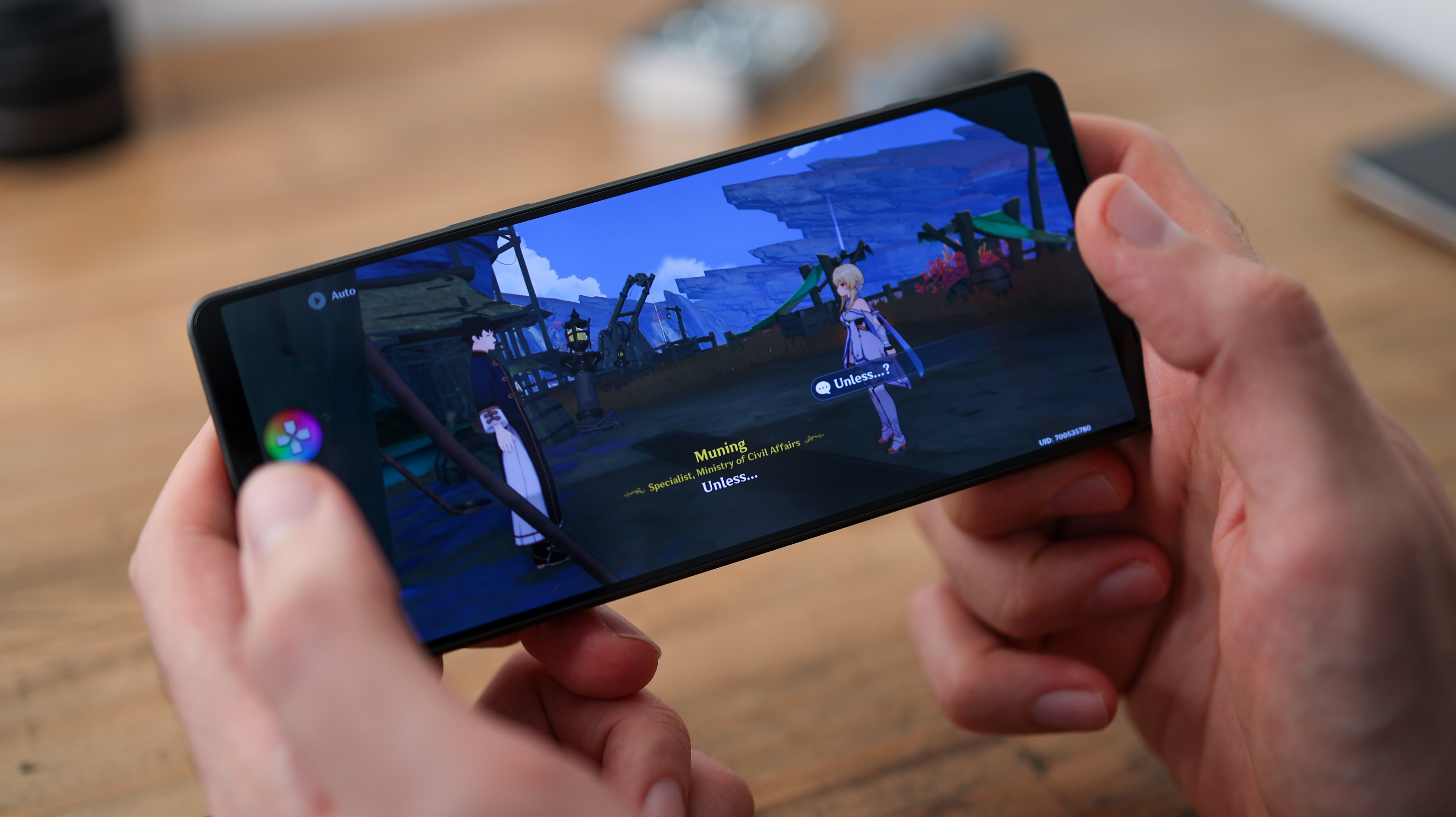
Audio from the phone's speakers and headphone jack are excellent. Specifically, if you use lossless music services like Tidal or Qobuz, wired listening is tangibly higher-quality than Bluetooth. The only way you'll best the Xperia 1 V's sound on other flagships that don't have headphone jacks is by picking up an external DAC like the fantastic Chord Mojo 2.
Sony's take on Android is clean and simple, adding flourishes mainly in the settings by way of sound and screen customizations, as well as the core interface with quick access to split-screen multitasking and favorite apps.
The phone's 256GB storage is ample for casual users, though at the Xperia 1 V's price, we would have liked to have seen an Honor Magic 5 Pro-matching 512GB, specifically for use as an external recorder for Alpha cameras. On the plus, there is microSD card support, so the internal space can be supplemented by up to 1TB.
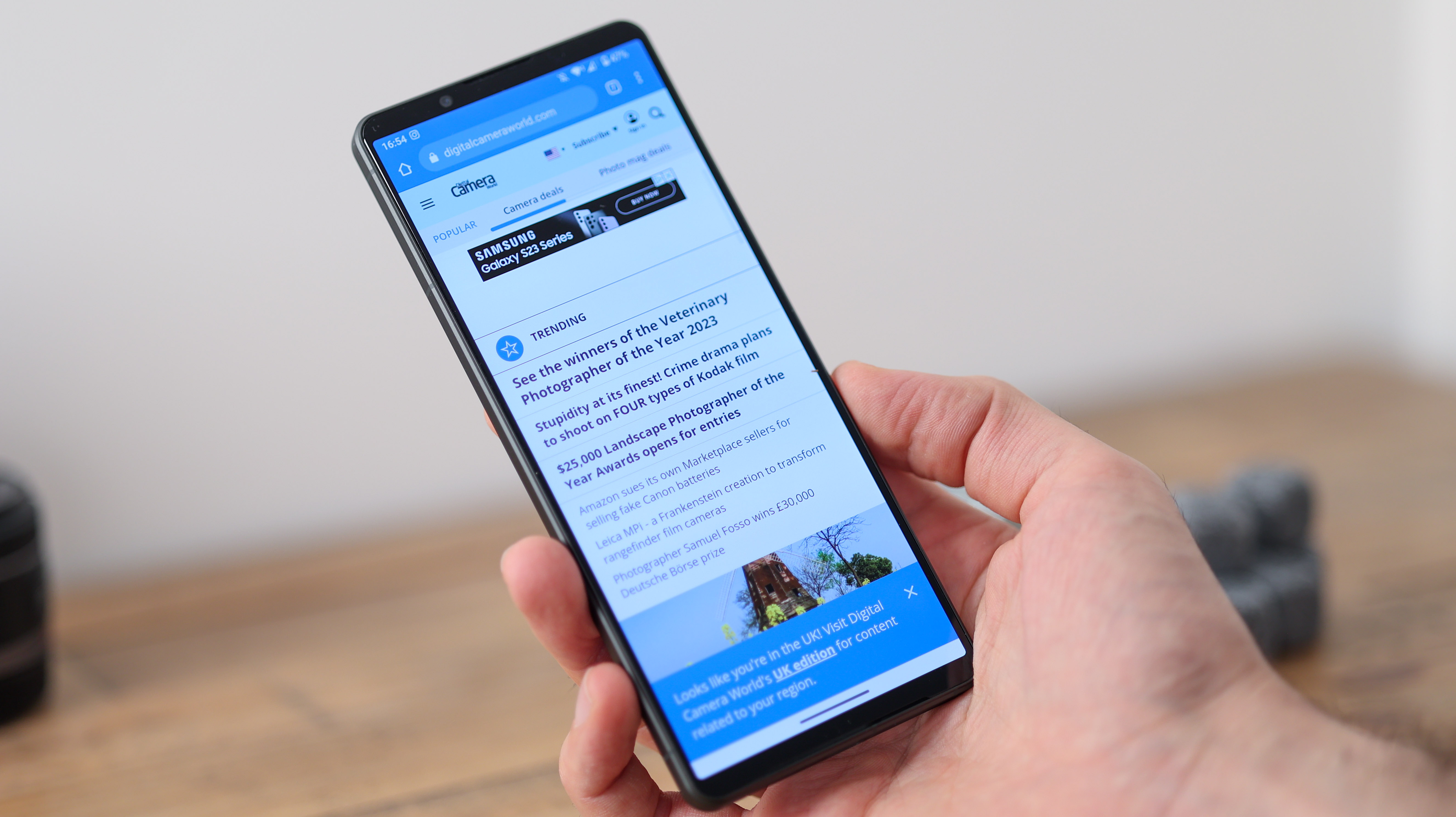
With a 5000mAh battery, you shouldn't have trouble getting through a full day with the Xperia 1 V provided you're not hammering its camera or screen. Specifically, we found on days when screen brightness was high, we'd struggle the most to hit a full day – so firing up auto brightness should help get you from morning to night comfortably.
You can power up the phone with 30W wired or 15W wireless charging, and a full wired charge takes around 90 minutes. While this can't hold a candle to some Android phones like the OnePlus 11, it's still faster than an iPhone 14 Pro Max.
Sony Xperia 1 V: Verdict
The Xperia 1 V is a fantastic, expensive camera phone that flexes its pro-grade photo and video modes, upgrading both the camera hardware and software when compared to last year's Xperia 1 IV.
While Sony's 2023 flagship misses out on best-in-class low light or zoom performance, for content creators who want maximum control and a mighty tool to shoot on, while also enhancing their Sony Alpha camera, nothing out now can hold a candle to the Xperia 1 V.
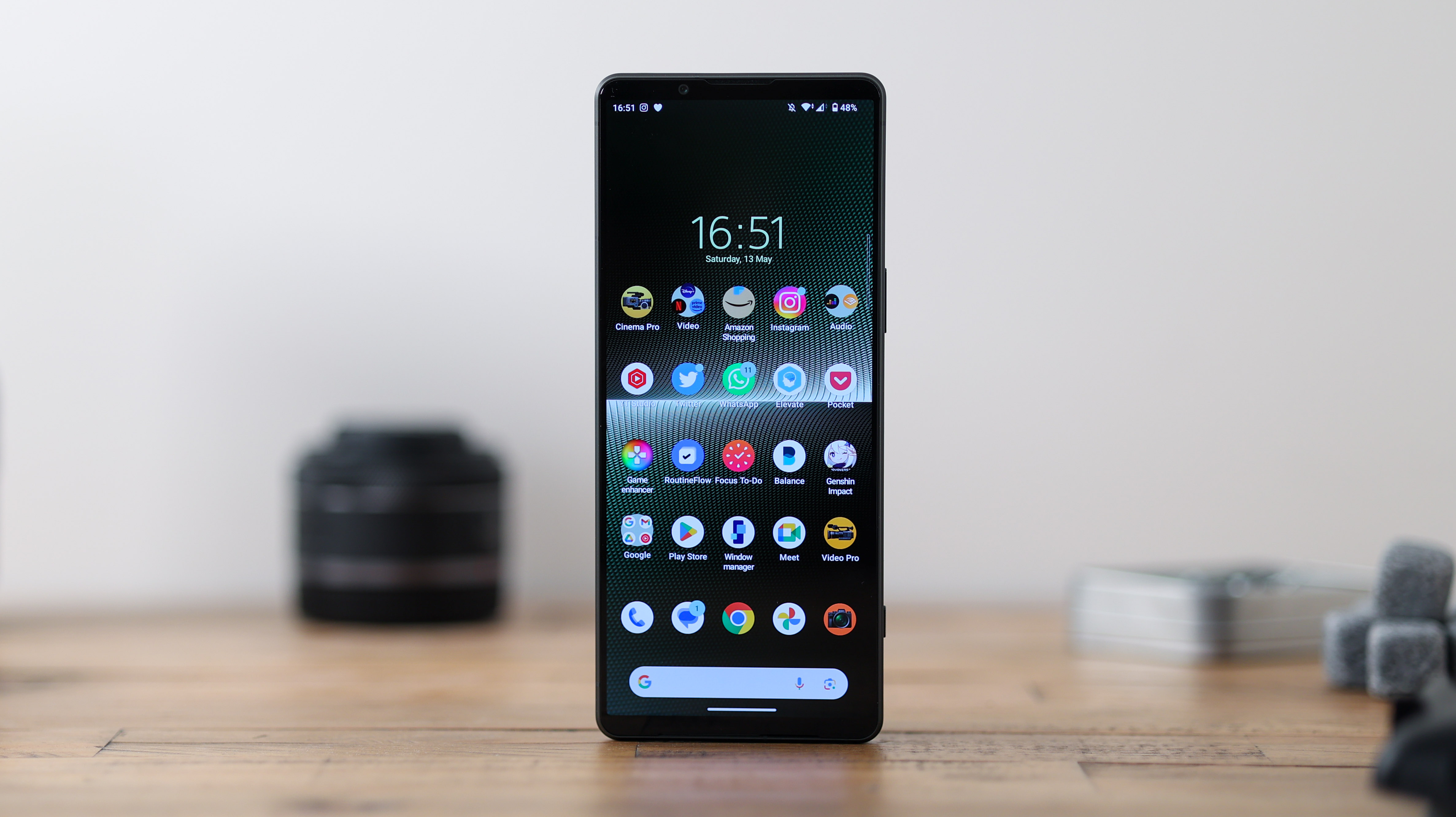
The fact Sony's sorted out its thermals with the help of Qualcomm's new Snapdragon 8 Gen 2, so the phone doesn't easily overheat after bouts of 4K capture means it isn't at a disadvantage compared to the competition like the 1 IV was, and its decent battery life and charging options also limit its shortcomings.
While more casual users would be better off with a lower-cost, more value-centric alternative like the Honor Magic 5 Pro or OnePlus 11 5G, we think a specific type of creator or Sony enthusiast will find the Xperia 1 V a fantastic upgrade, and one of the best camera phones of 2023.
Read more: If you like the look of the Xperia 1 V, but want a lower-cost, more automated camera system, the Google Pixel 7 Pro is a powerful alternative, and if you're wondering what cameras the Xperia 1 V can connect to as an external monitor and recorder, read our guide to the best Sony cameras.







